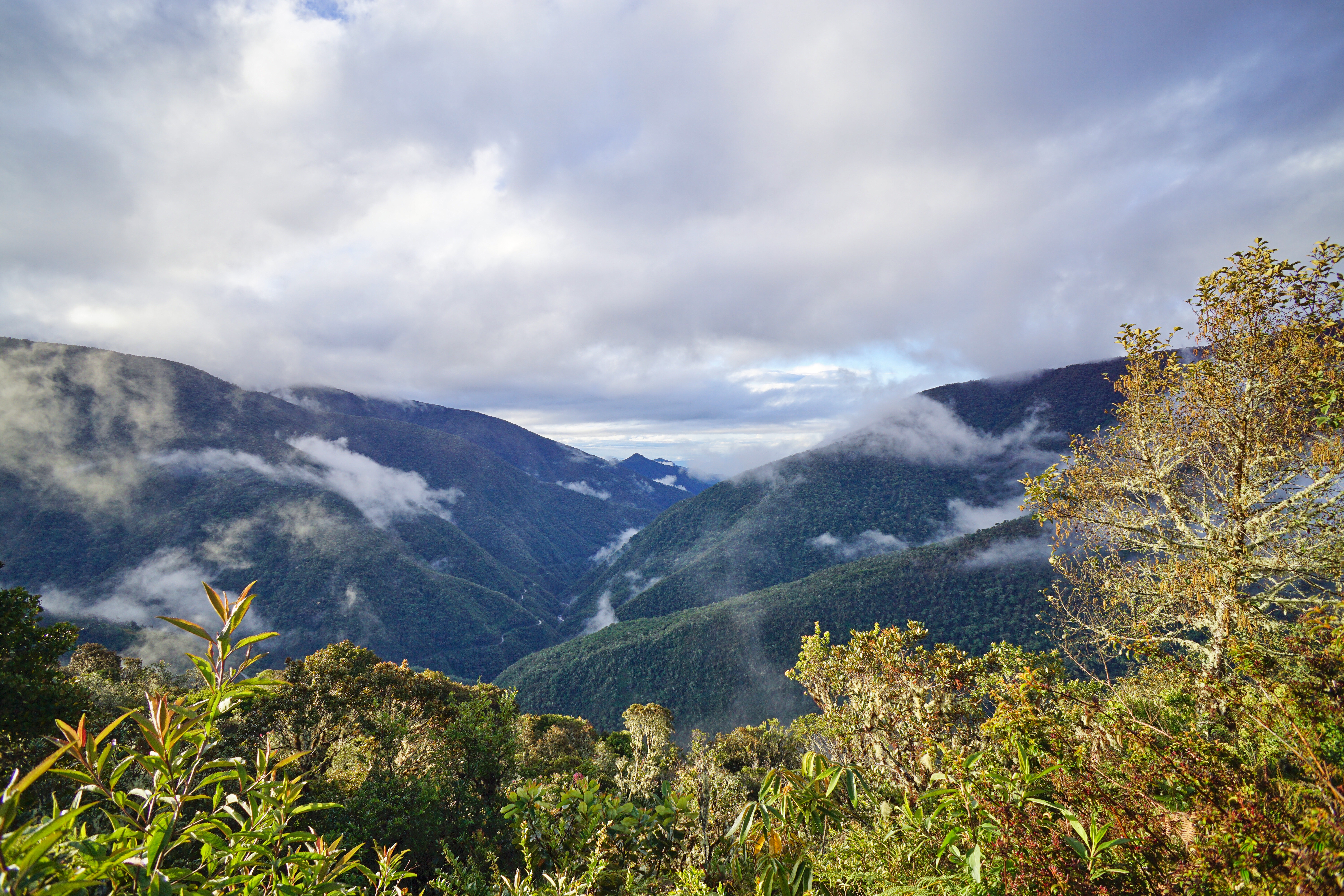
Amazon Journeys invited me to join them for a 7 day “Birding the Manu Road“ adventure on the eastern slopes of the Andes in Peru. The Manu Road is famous among birders worldwide. It runs along the edge of the largest National Park in Peru, Manu National Park, starting at a high pass, over 11,000 feet, in the Puna (dry highland grass and shrub land) and descending through a series of elfin forest slopes and cloud forest valleys to the lowland foothill rain forest along the Manu river…some 50 miles and 10,000 feet lower. It is rough. It can be muddy. It often has spectacular wash outs with raw landslides, sheer drops, and rudimentary repairs. There are two tight blind tunnels, hacked around corners through outcroppings. There are waterfalls, big and little. There are deep cloud filled valleys where you can just barely hear the rushing stream at the bottom. There are vistas where you can watch the clouds come up out of the lowlands and climb toward the high passes above. There are orchids and wildflowers of all kinds and bromeliads and the kind of butterflies that will enliven your dreams. And there are birds. Astounding, wonderful, birds. Birds you will not see many other places. Many birds you that are only easily seen along the Manu Road.

You begin your journey in Cusco, one of the highest and one of the oldest cities in the Americas. (I recommend coming in a day early to get at least a little used to the altitude…11,500 feet can be a stain on anyone’s system.) Your real adventure beings when you leave Cusco to drive across the high dry slopes of the western Andes. You wind up and down and around over passes and across slopes, never getting much lower than 10,000 feet. Of course you stop along the way for birding. My guide, Pepe Rojas, took us first to Lake Haurcapy, a marshy high elevation lake (close to 10,000 feet).
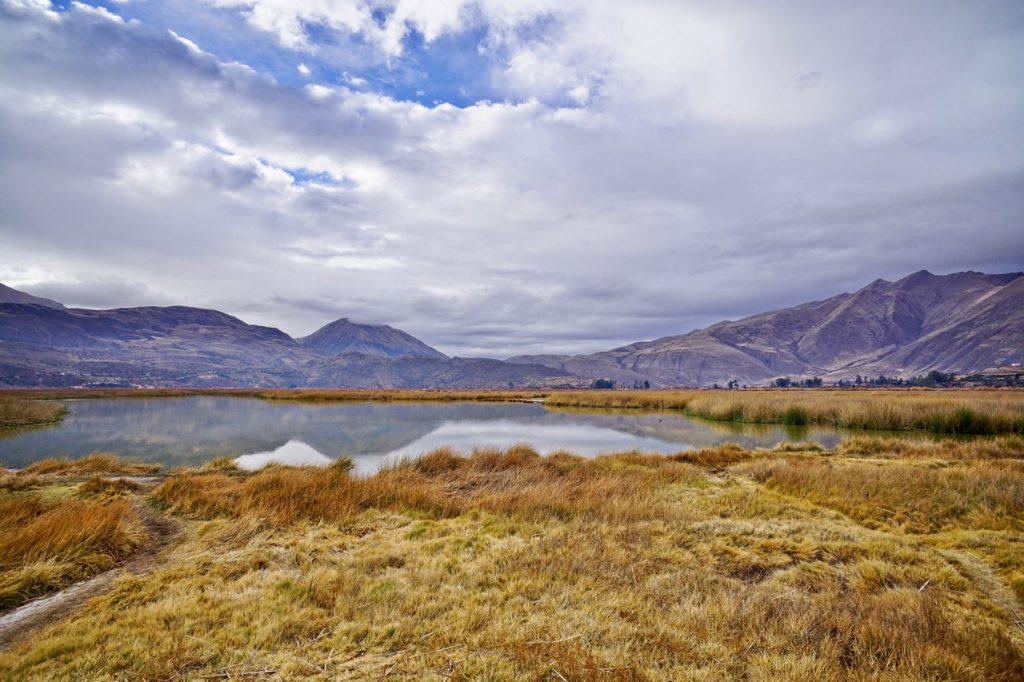
There we picked up our first typical Andean birds. Yellow-winged Blackbirds in the reeds around the lake, Puna Teal on the water, Hooded Siskin, Bare-faced Ground Dove, and Chequanco Thrush along the brushy margins.
A couple of stops along the road yielded our next set of Peruvian endemics, typical, again of the dry western slopes of the Andes. The Bearded Mountaineer (endemic) is big by hummingbird standards, and Pepe spotted several as we drove along. At those stops we picked up Chestnut-breasted Mountain-Finch (another endemic), Creamy-crested Spinetail (a third endemic), Great Thrush, Band-tailed Seed-eater, and Peruvian Sierra Finch (not an endemic despite the name).
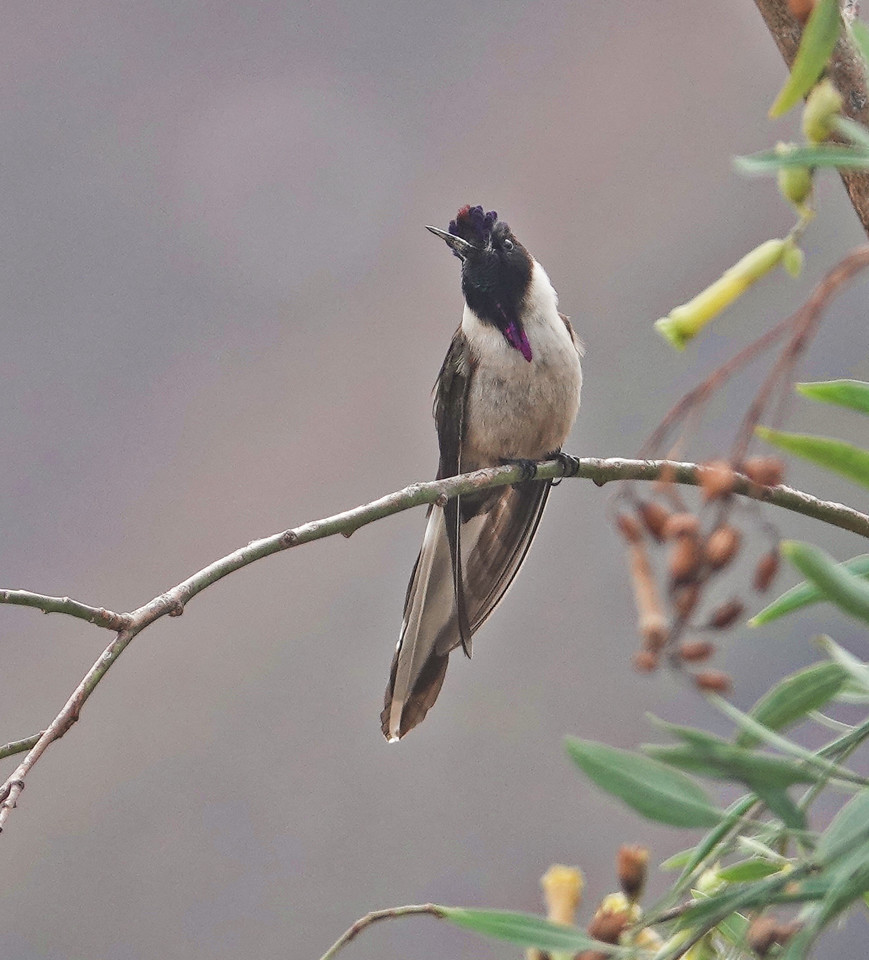
Bearded Mountaineer 
Chestnut-breasted Mountain-Finch 
Creamy-crested Spinetail 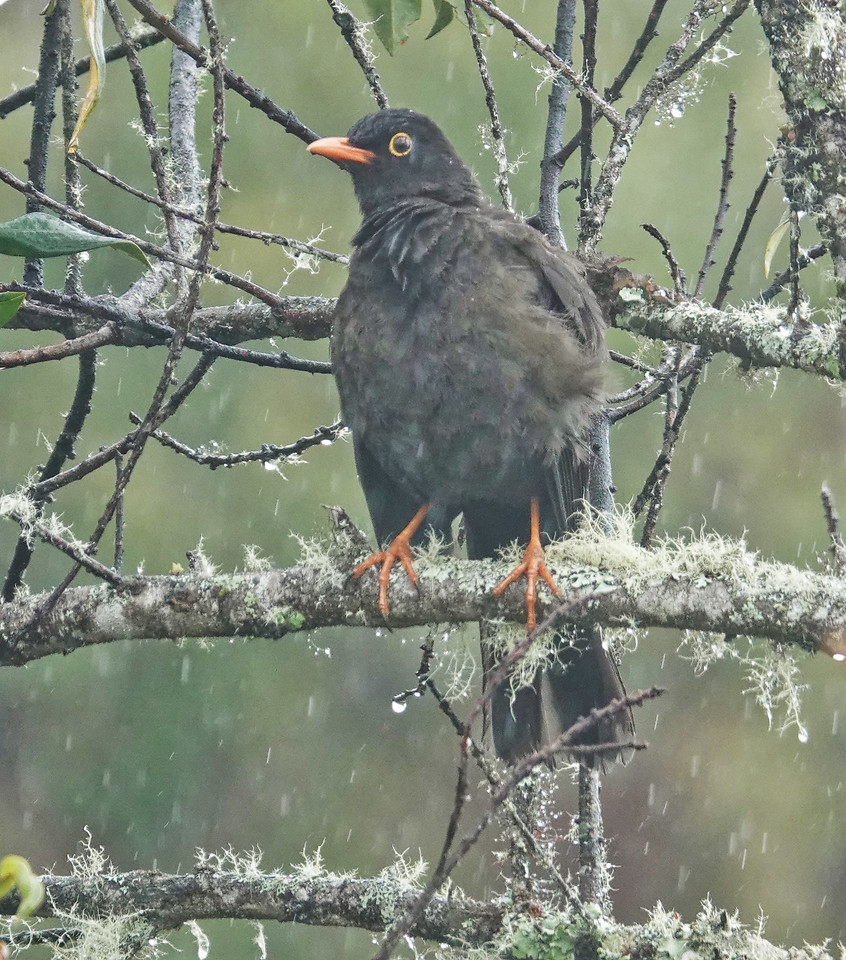
Great Thrush 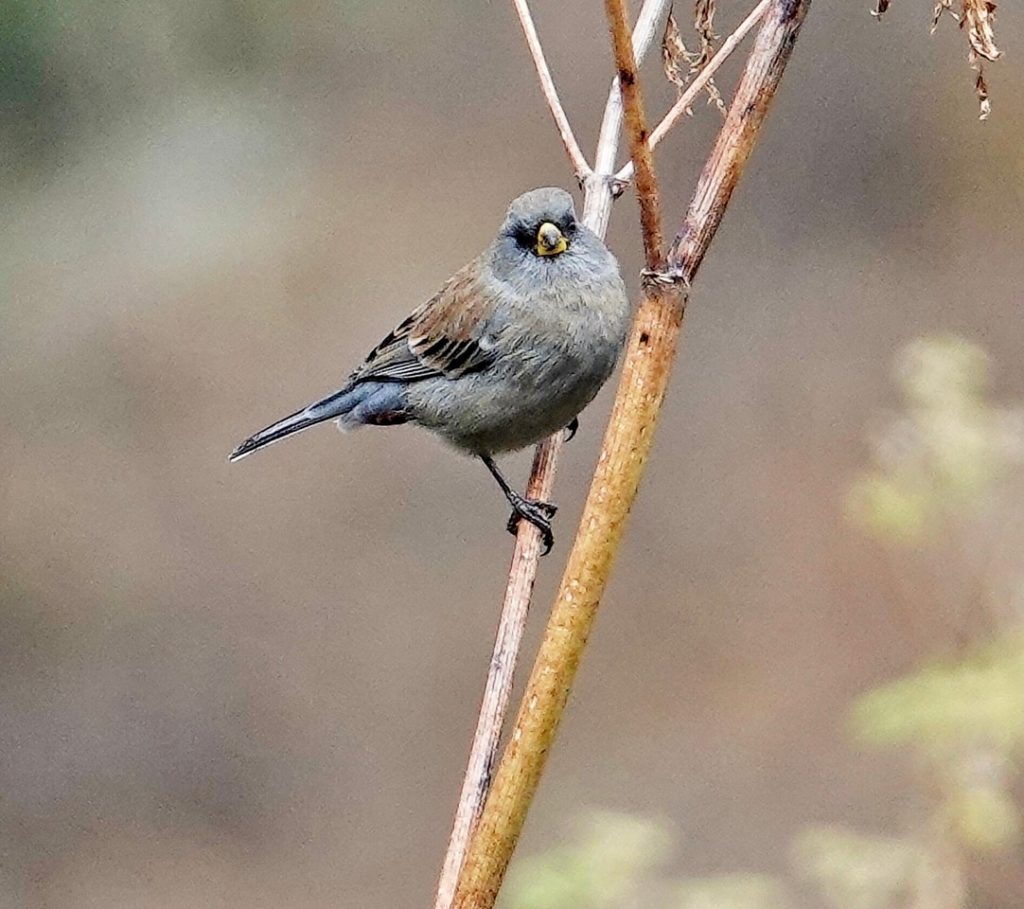
Band-tailed Seedeater 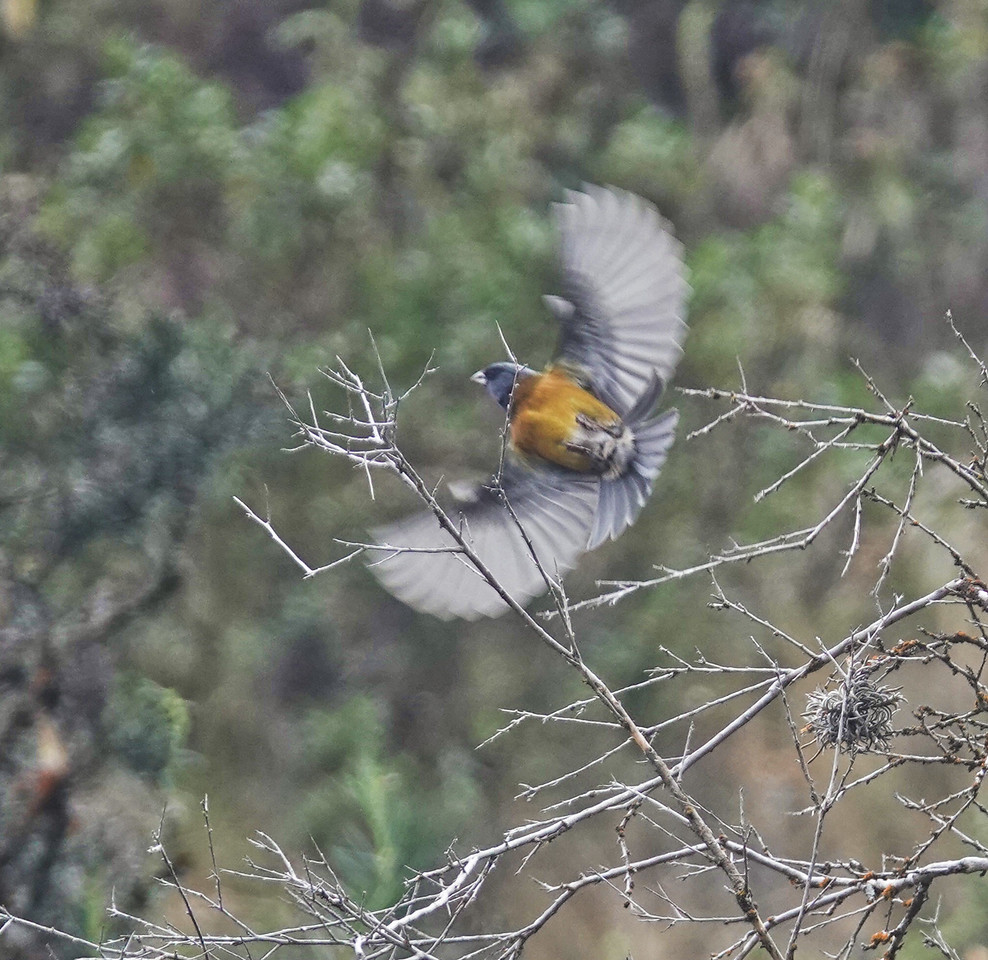
Peruvian Sierra-Finch
It was late afternoon before we crested the pass at the top of Manu National Park and found our way down slope to Wayqecha Biological Station and Birding Lodge, at about 9500 feet, just at the transition between elfin forest and cloud forest. Wayqecha is owned and operated by the Amazon Conservation Association and provides housing for research teams and for visiting birders. They maintain a growing network of trails, a canopy bridge, and research towers where huge curtains simulate the effects of climate change. The cabins, grounds, and facilities are first rate, and Wayqecha makes an ideal base for birding the upper reaches of the Manu Road. In addition they have well developed feeding stations that attract both common feeder birds and some more difficult to see species.
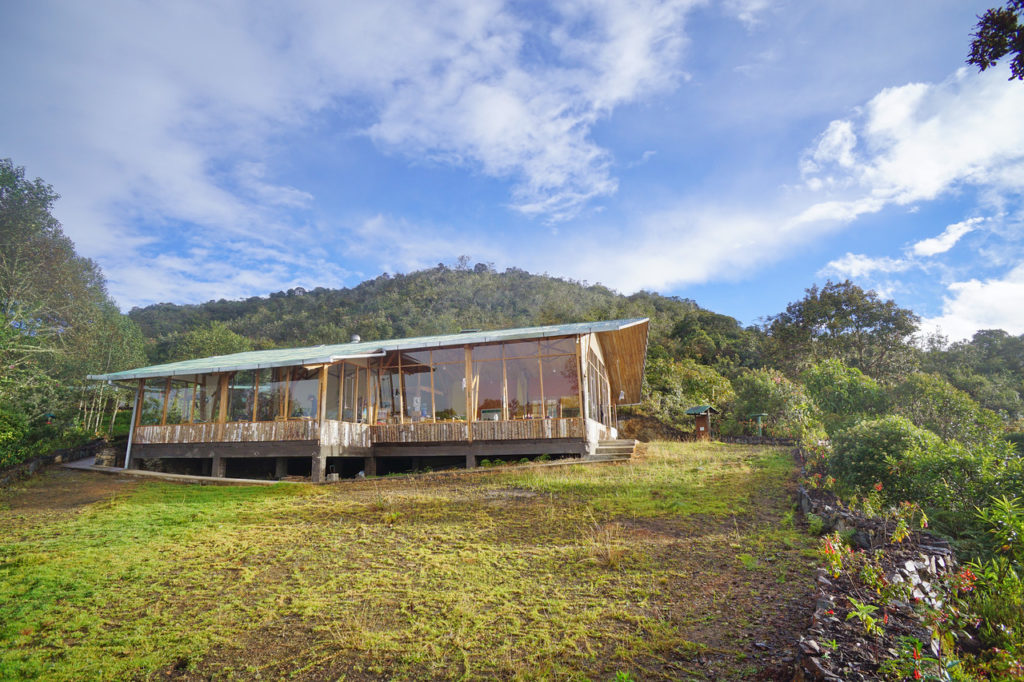
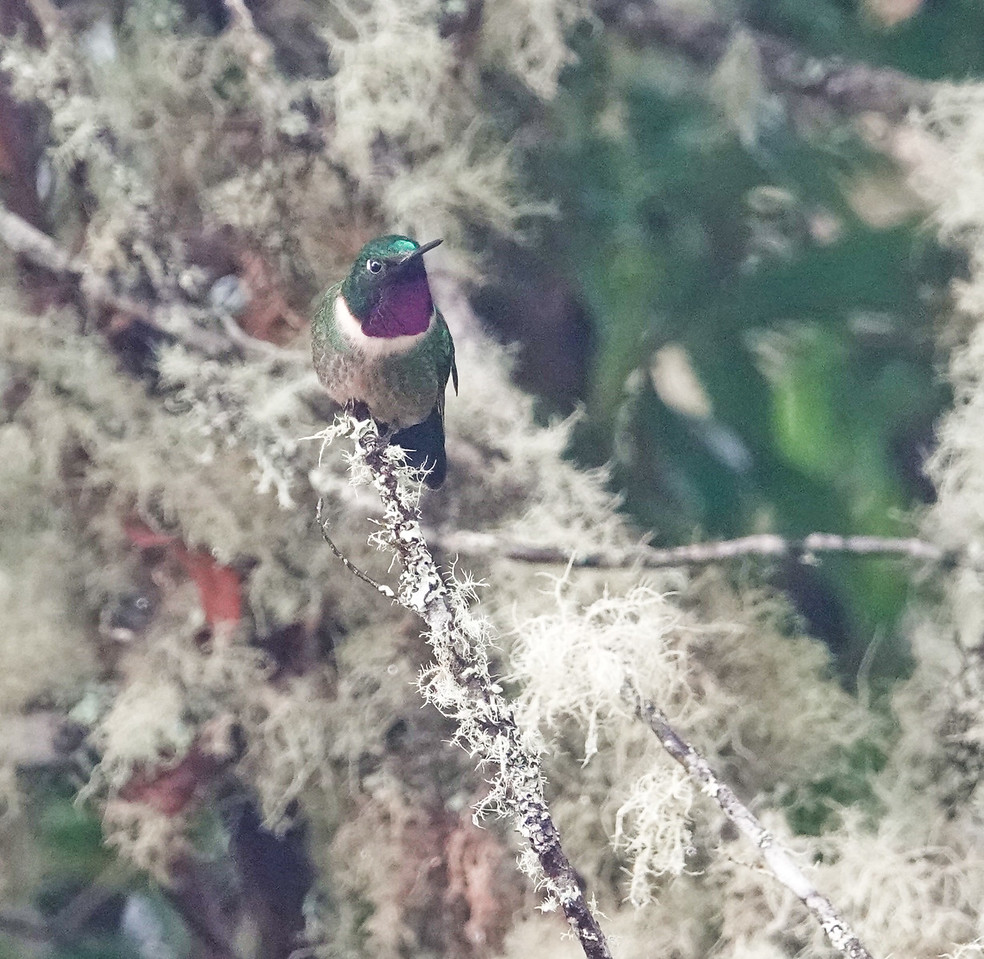
Amethyst-throated Sunangel 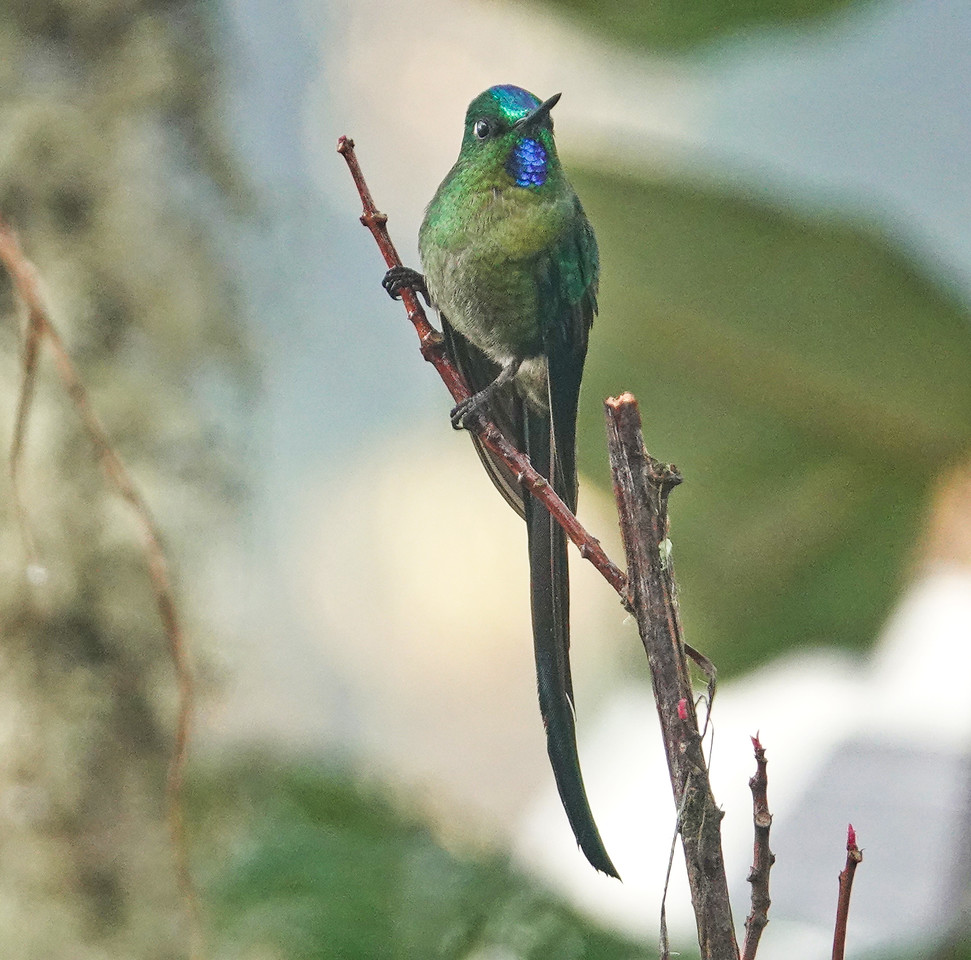
Long-tailed Sylph 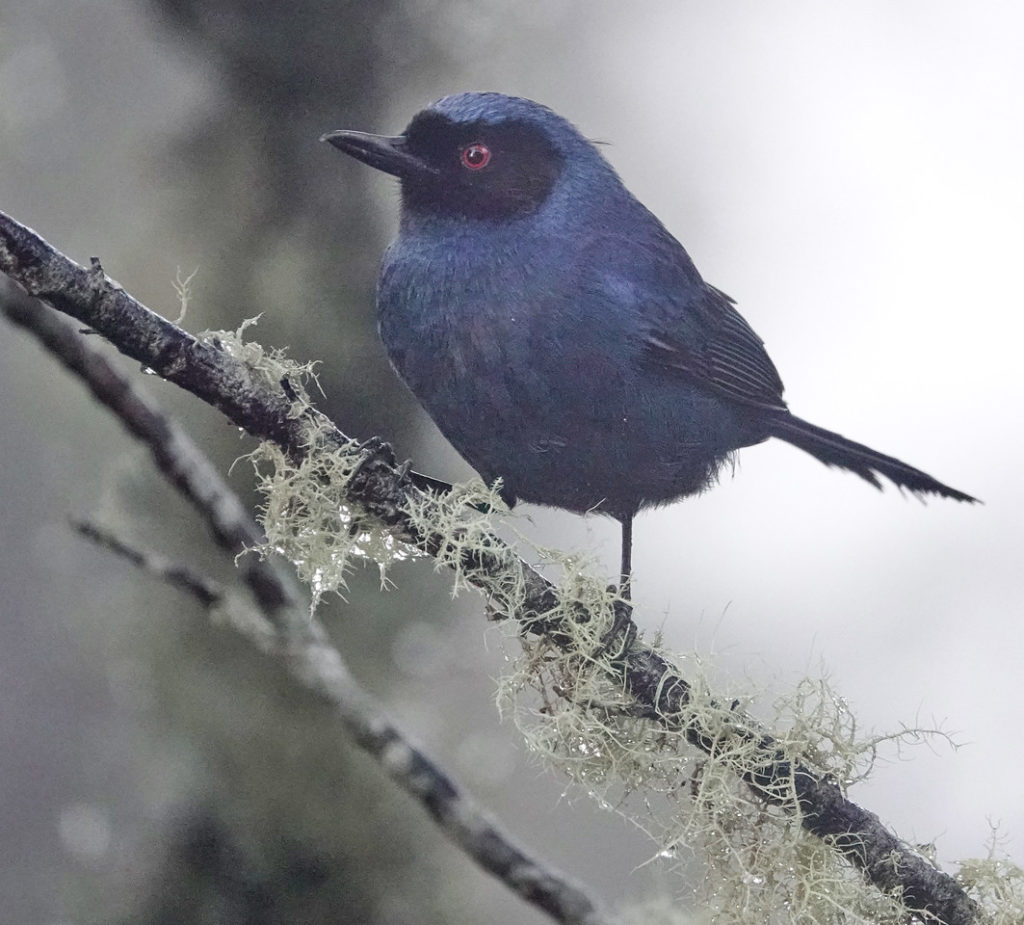
Masked Flowerpiercer 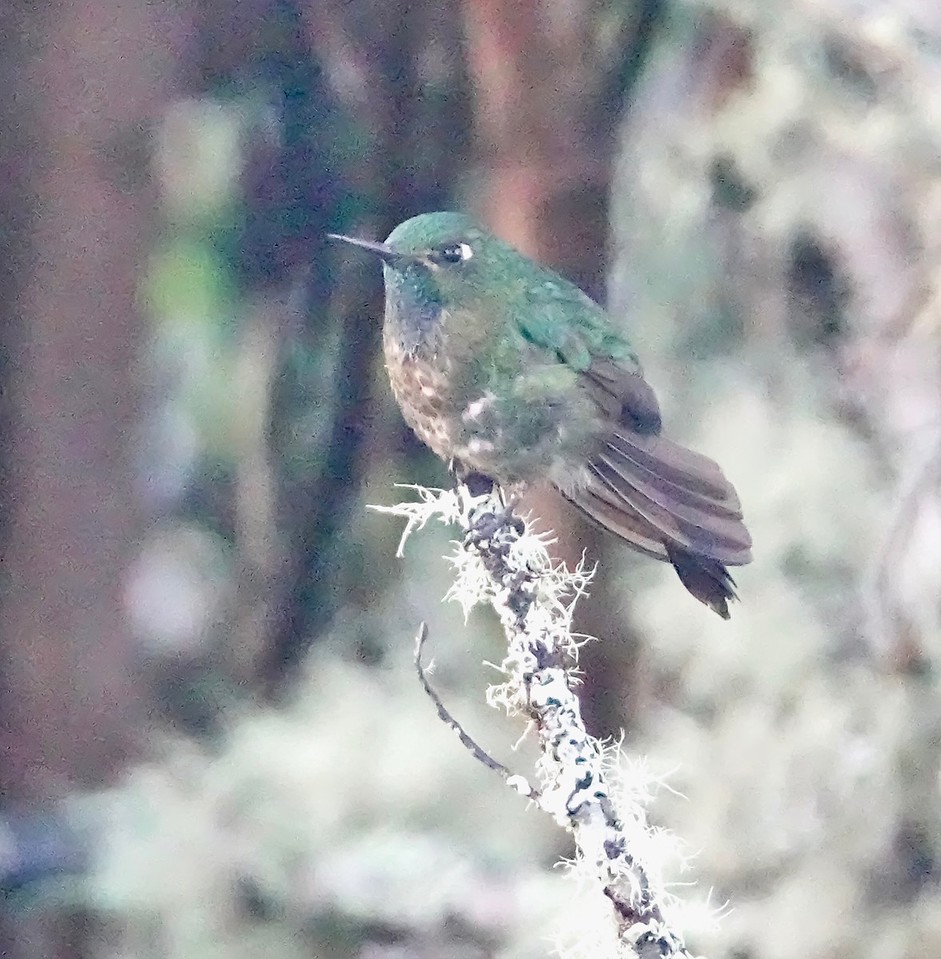
Tyrain Metaltail 
Collared (Gould’s) Inca
We spent most daylight hours on the Manu Road itself, so my time at the feeders was in less than ideal light, just before and after breakfast and dinner, and there were often wisps of cloud crossing the grounds, but the Metaltail and the Gould’s Inca are particularly good birds to see…and I was, of course, delighted with my first (and only for the trip) looks at Long-tailed Sylph. Sword-billed Hummingbird also comes to the feeders at Wayqecha but not while I was there.
On our first full day on the Manu Road we drove back up the the Canopy Bridge trail for a short hike in to see the bridge.
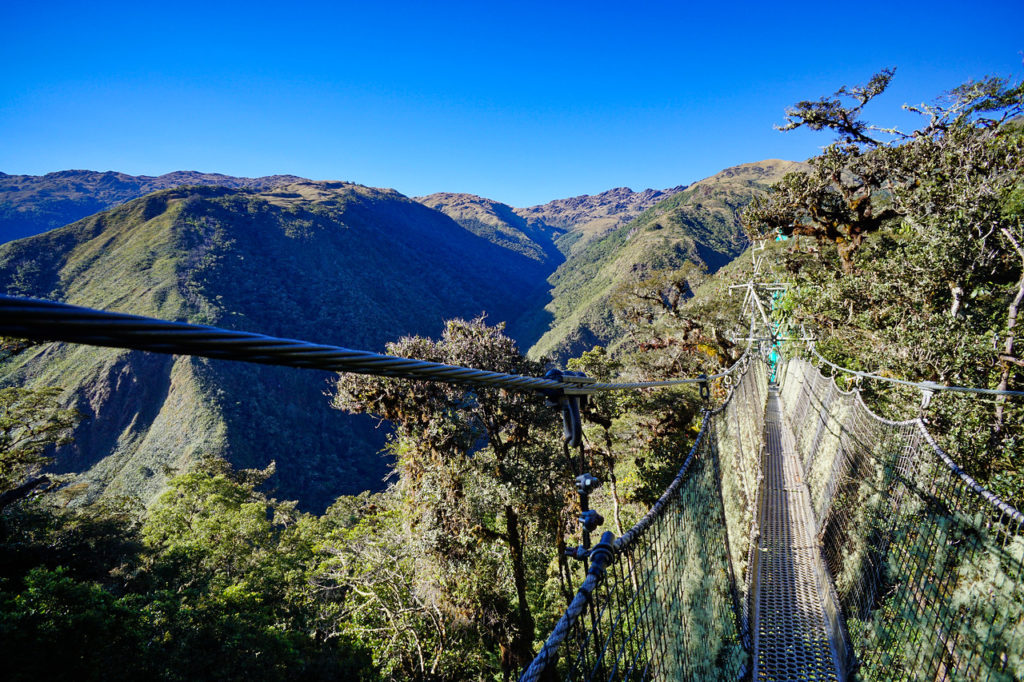
The primary purpose of the bridge is to provide access to the research towers, where, as I mentioned, they are conducting climate change research using huge curtains suspended from the towers to artificially alter the climate beneath.

We then walked back down to the lodge. I suppose some people do walk up the Manu Road, but at my age, and at 10,000 feet, I was thankful to be walking down, and most days for the remainder of the trip, that is what we did. We would drive to likely spot along road, and then walk, sometimes miles, seeing what we could see. Sometimes, especially in the afternoon, we would spend time in the van, slowly driving down, stoping mostly for mixed flocks seen crossing the road or along side, and getting out and walking sections that have proved particularly birdy in the past. This is old fashioned road birding. Walk and ride, ride and walk. What you see is totally dependent on what happens to be near the road as you pass. If most of your tropical birding has been done in Central America or even in other parts of South America, where the birds tend be concentrated at maintained feeding stations or in particularly bird-rich areas, this is different, and a bit harder work. But it is worth it. The magic of the Manu Road is that you do see an amazing number and variety of birds. You might walk half a mile without seeing anything…but then the next half-mile might be full of the most spectacular and interesting birds. And the birds you see are difficult to impossible to see elsewhere. The upper Manu Road gives you easy access to some of the richest cloud forest in the world.
That first morning on the Manu Road gave us a good taste of what the following days would be like. We had our first sightings of the Crimson-breasted Mountain Tanager, many highland wildflowers, and vistas that only the Andean Cloud Forest can provide.

Scarlet-breasted Mountain-Tanager 
Scarlet-breasted Mountain-Tanager 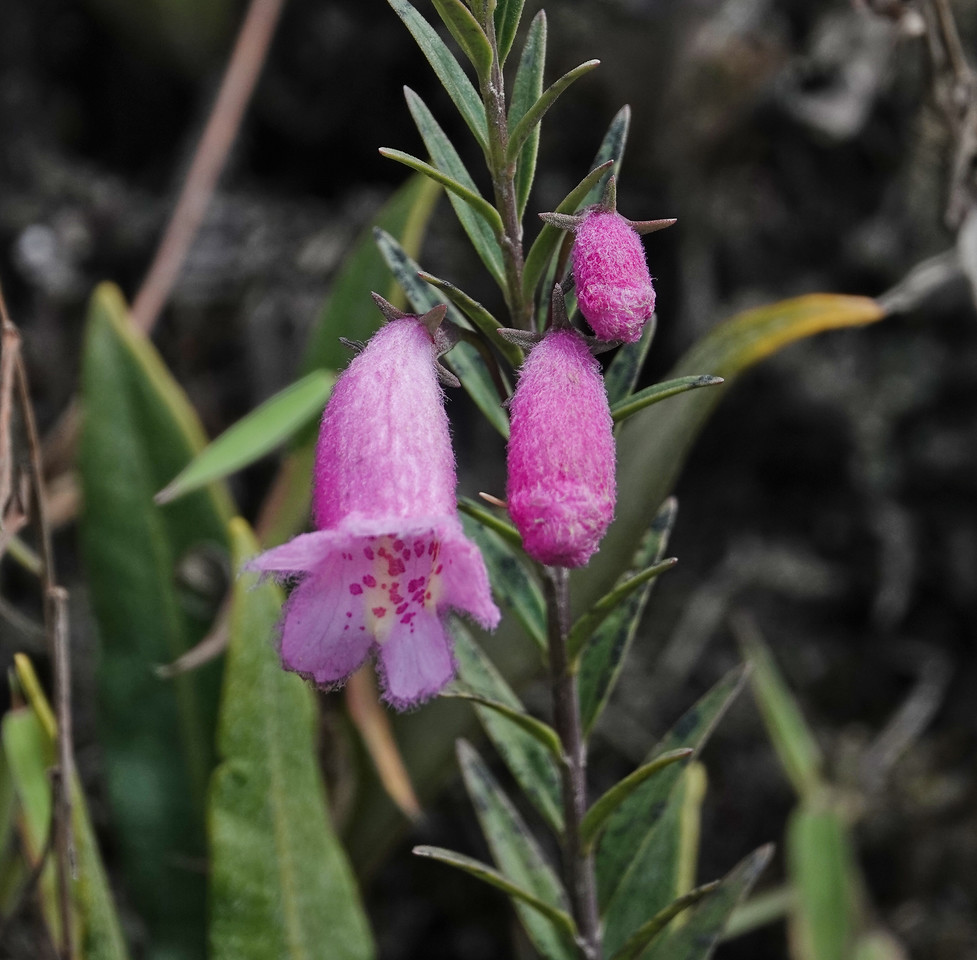
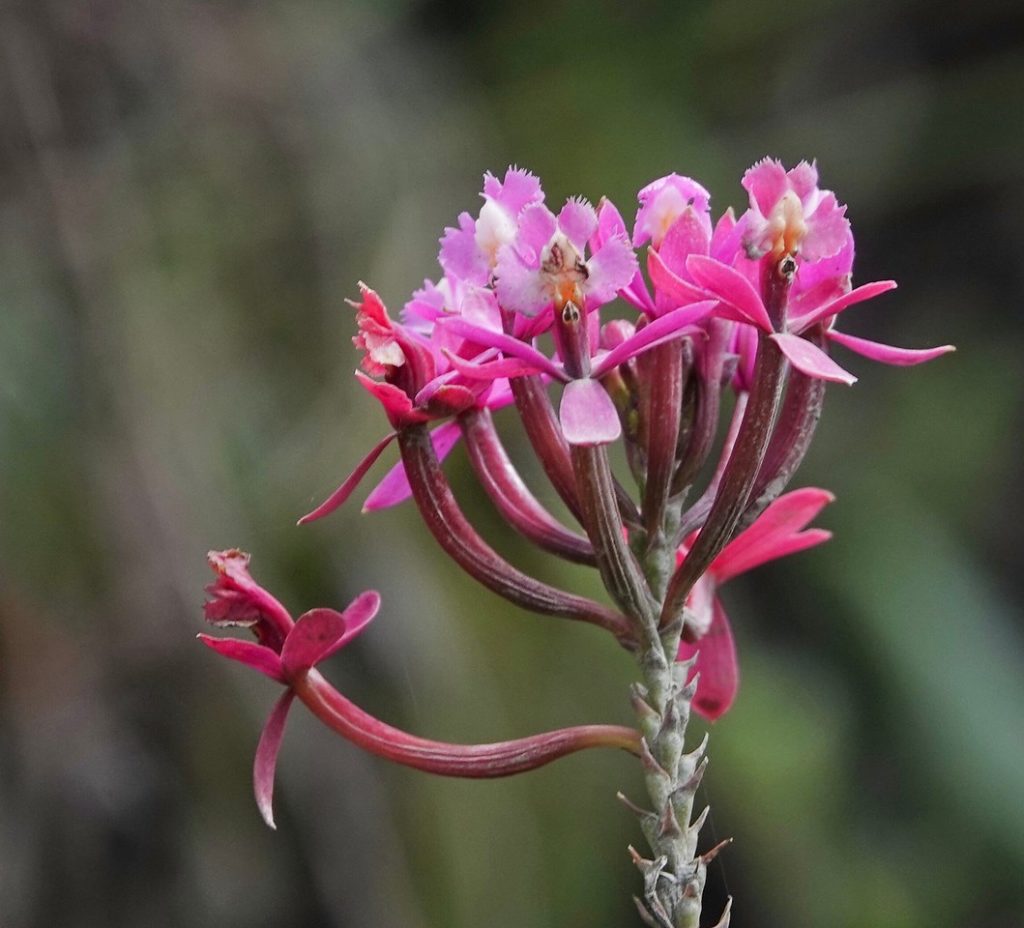
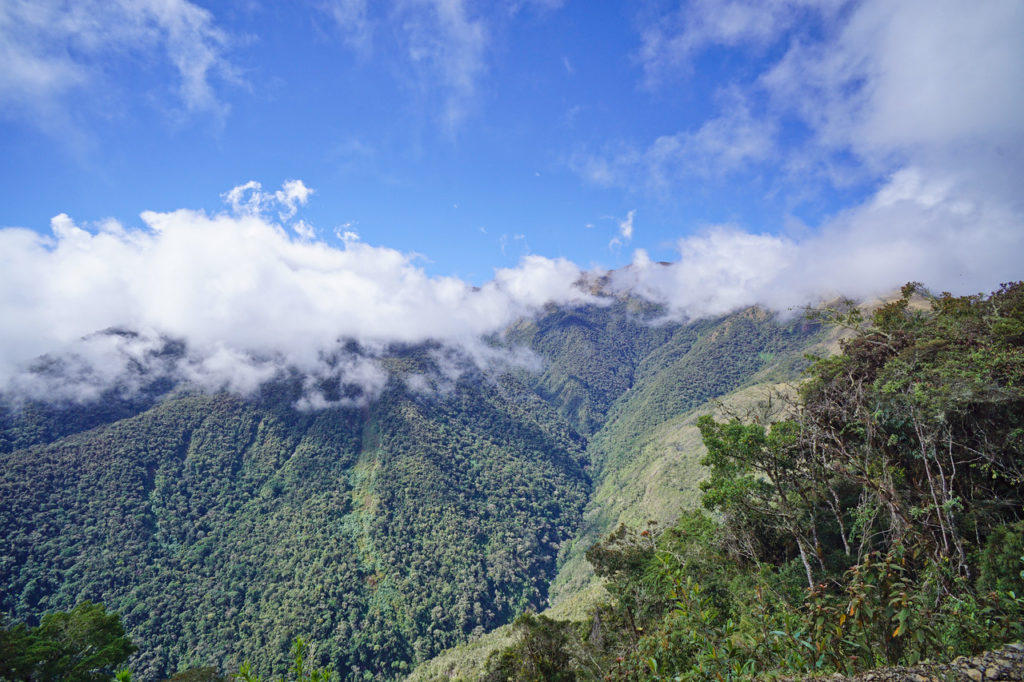
Looking across the valley from high on the Manu Road
Here is a selection of birds, wildflowers and views from our afternoon walk, below Wayqecha.
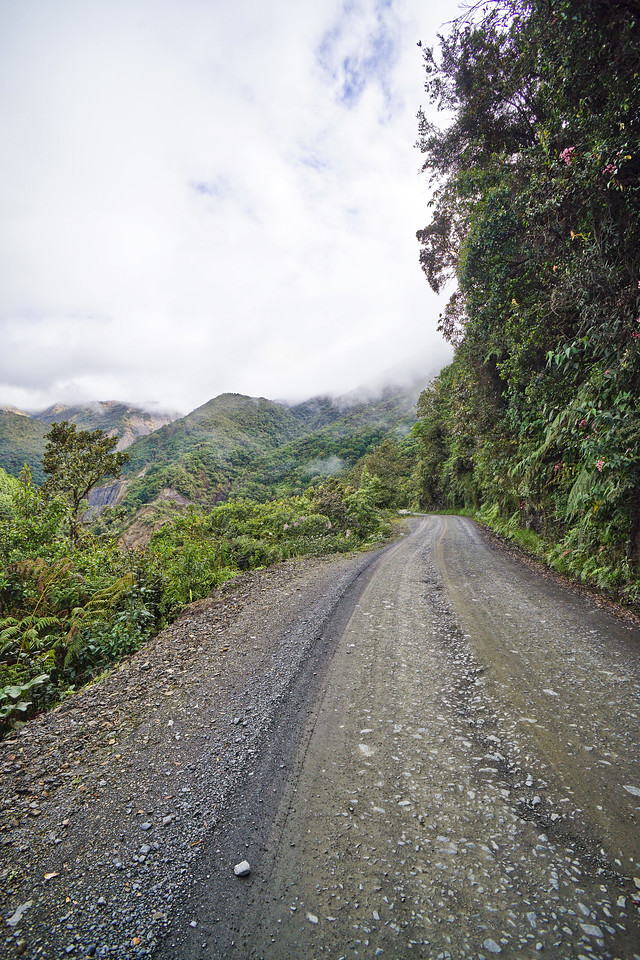
Looking up the Manu Road 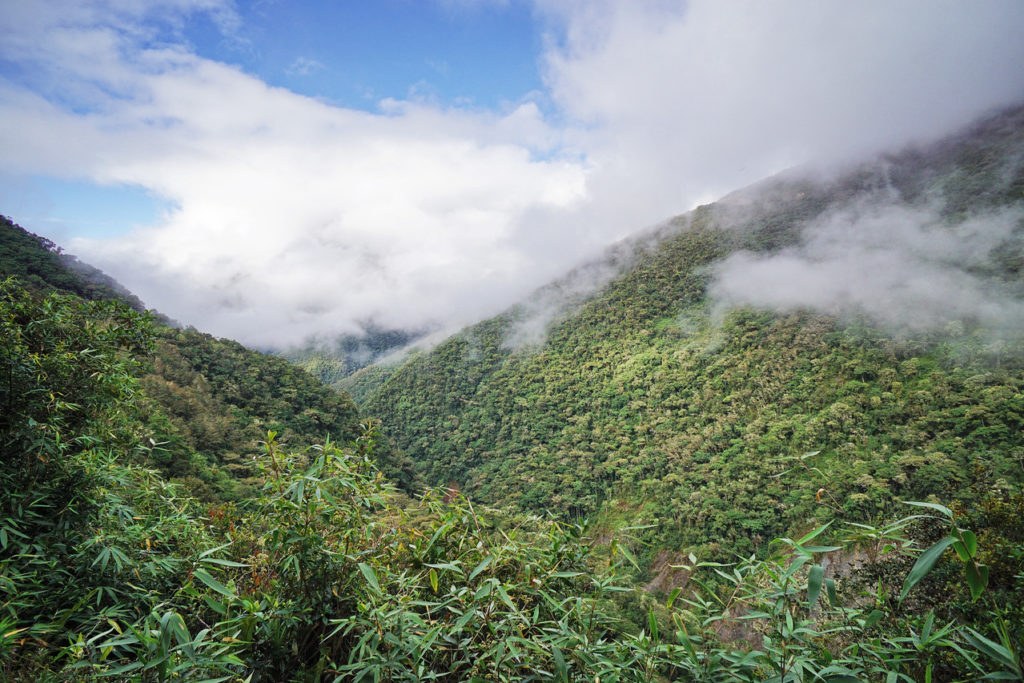
Across at the opposite slopes 
Slaty-backed Chat-Tyrant 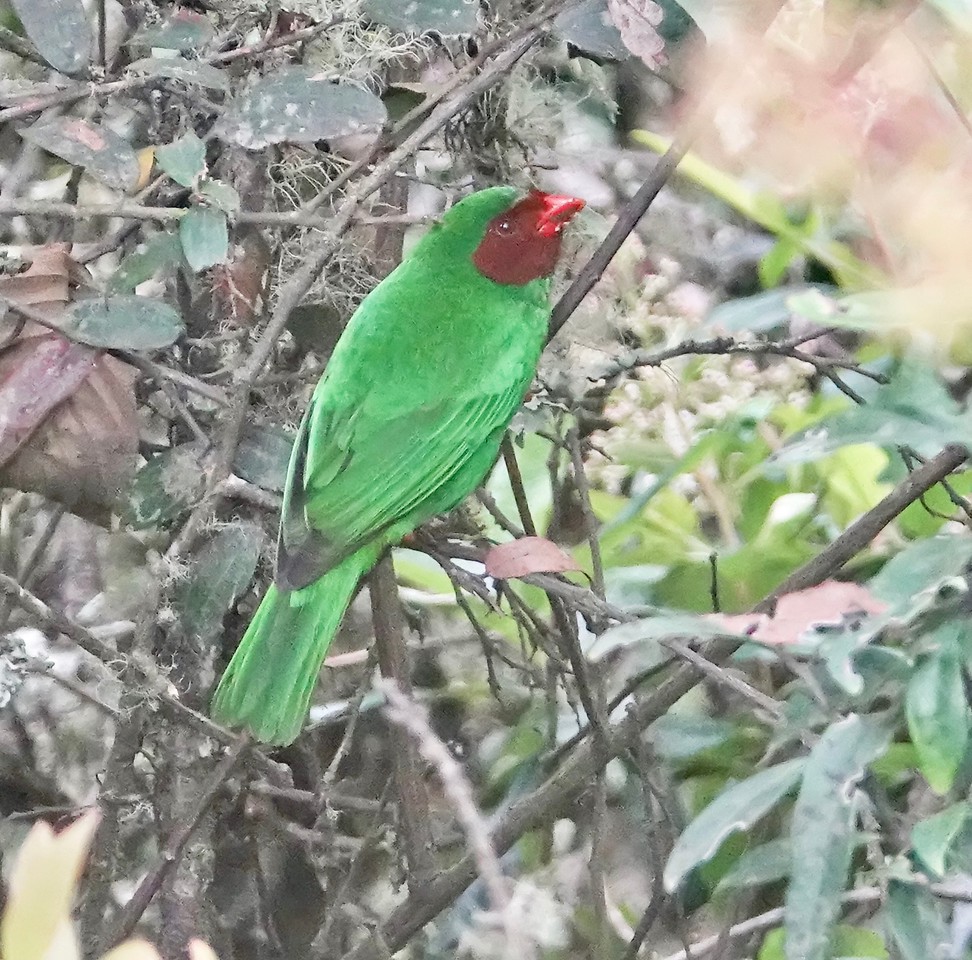
Grass-green Tanager 
Golden-collared Tanager 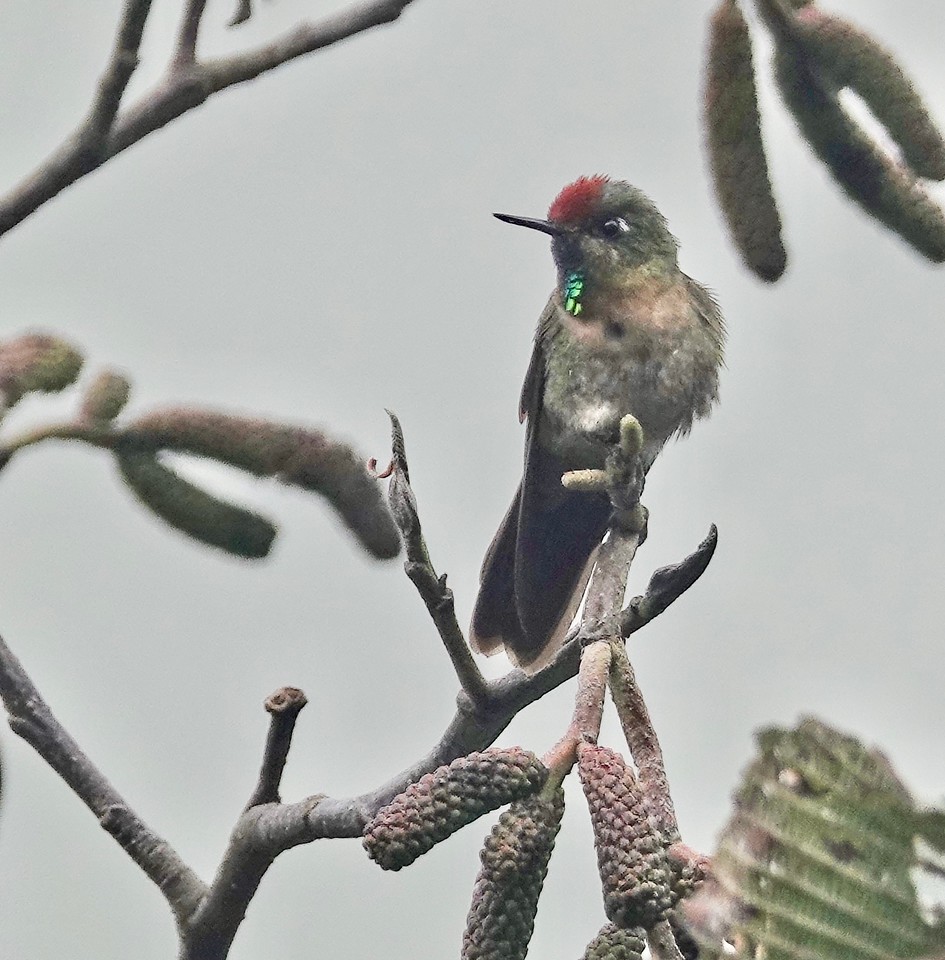
Rufous-capped Thornbill 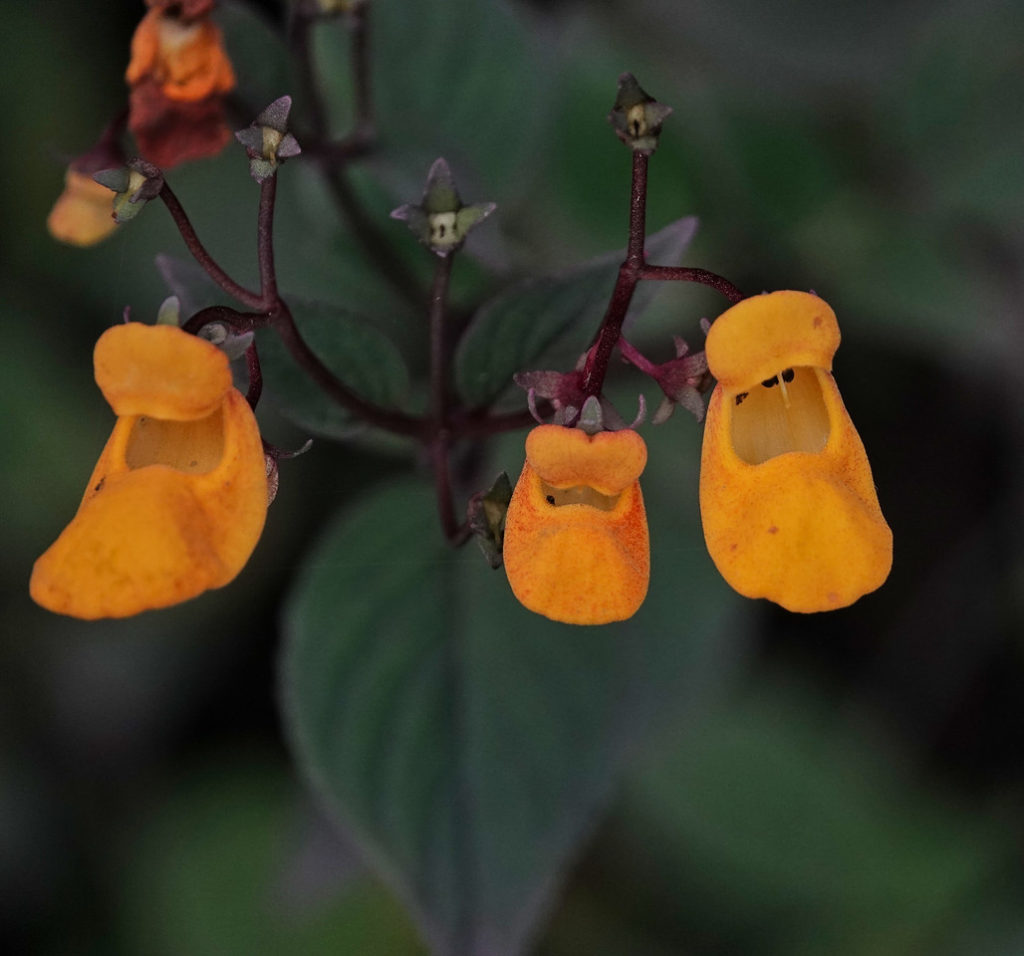
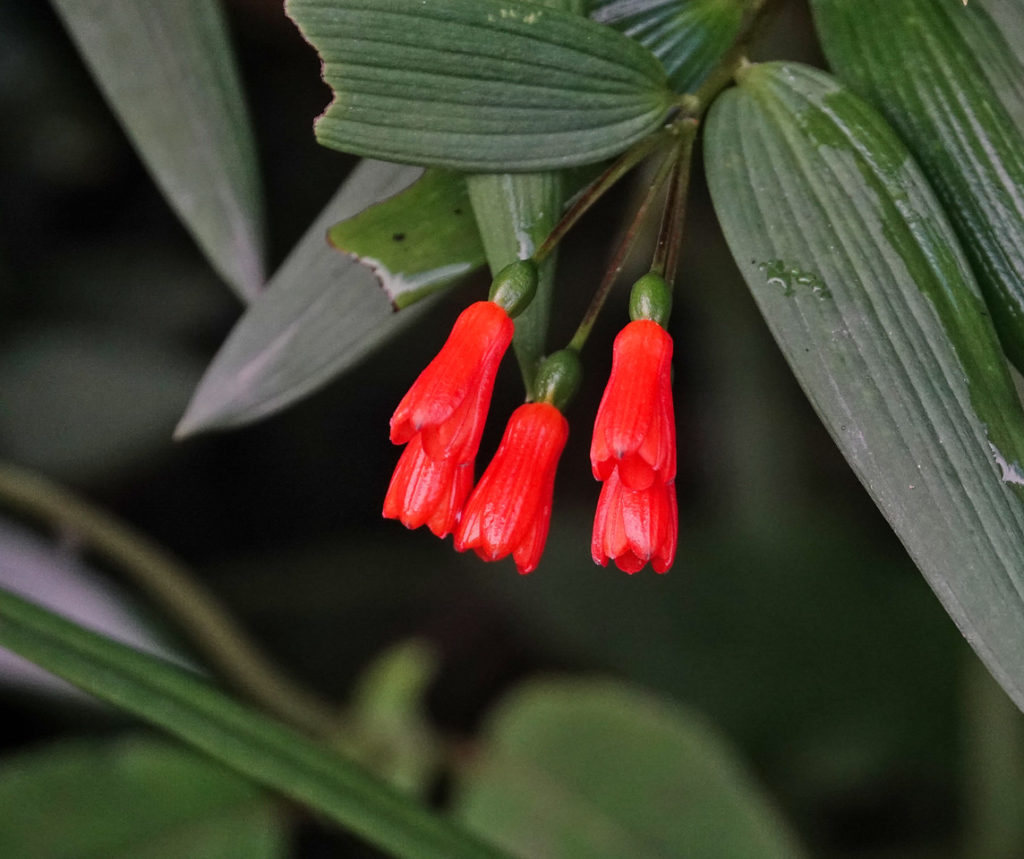

Marcapita Spinetail 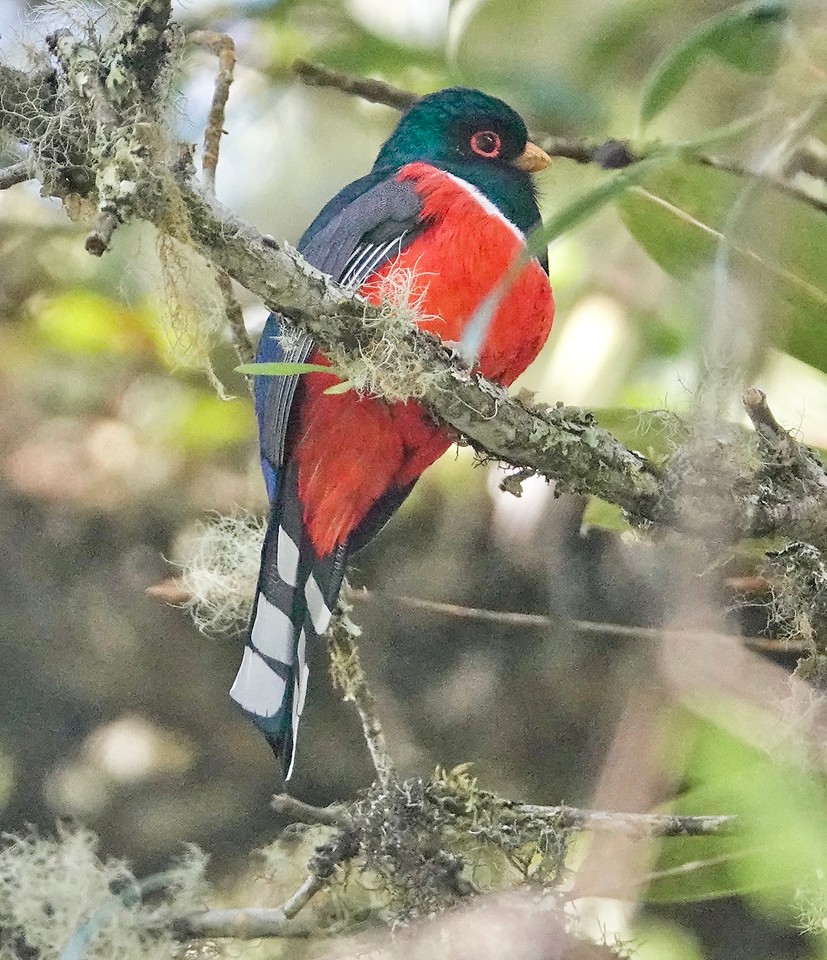
Masked Trogon 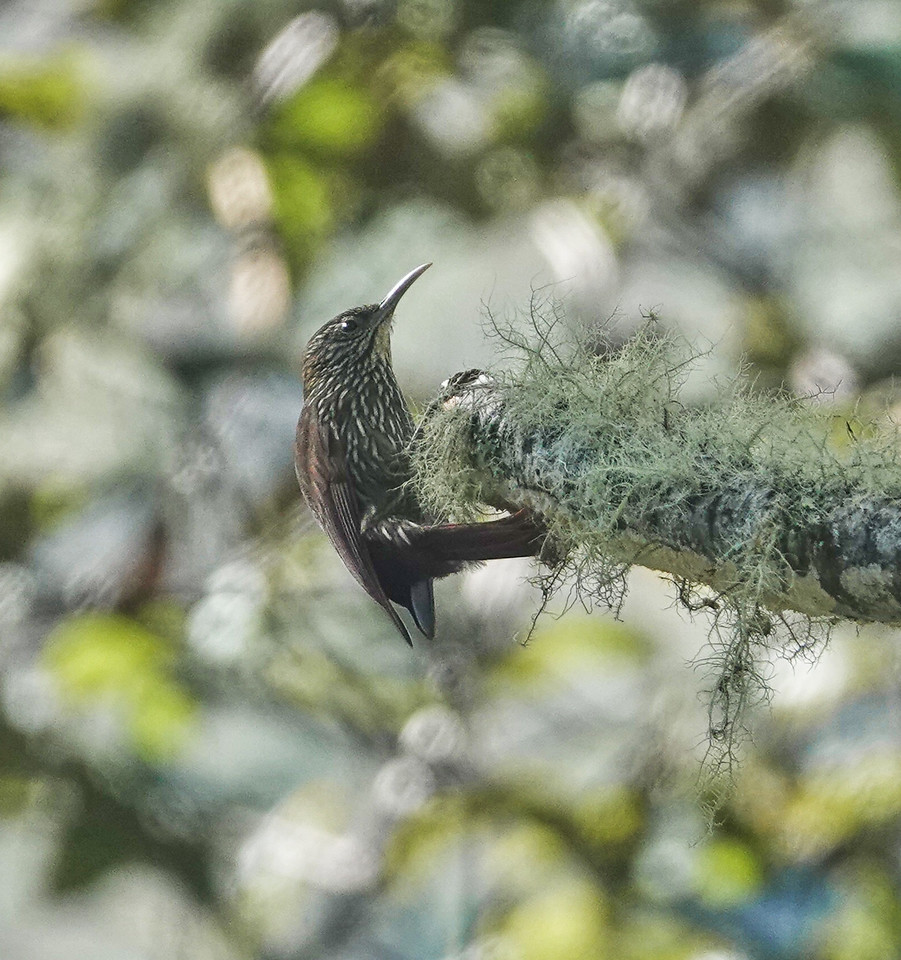
Montane Woodcreeper 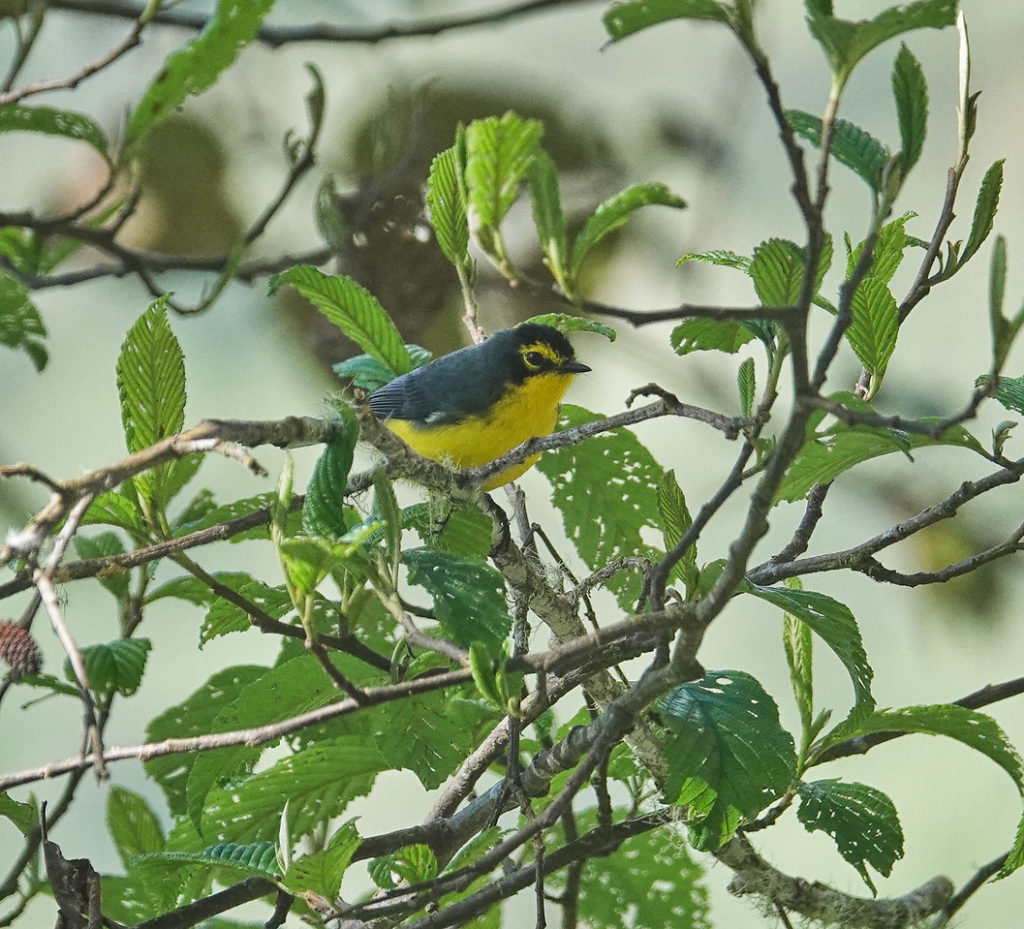
Spectacled Redstart 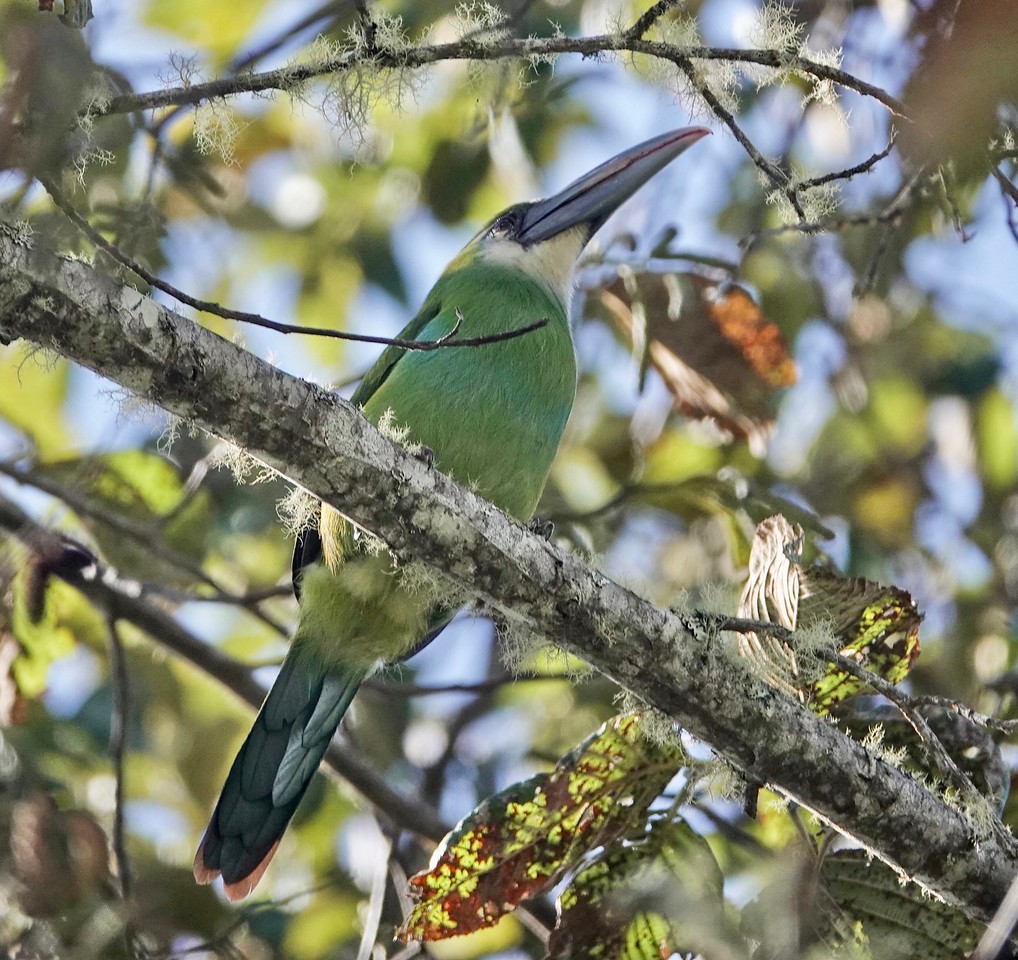
Blue-banded Toucanet 
Humboldt’s Perisama
We made another visit to the Puna near the entrance station to Manu National Park while at Wayqecha Biological Station. Again, the Puna is the dry grass and shrub area above tree-line in the Andes. Clouds were rolling across the summit when we visited and there were not many birds around, but I was satisfied with the wildflowers.
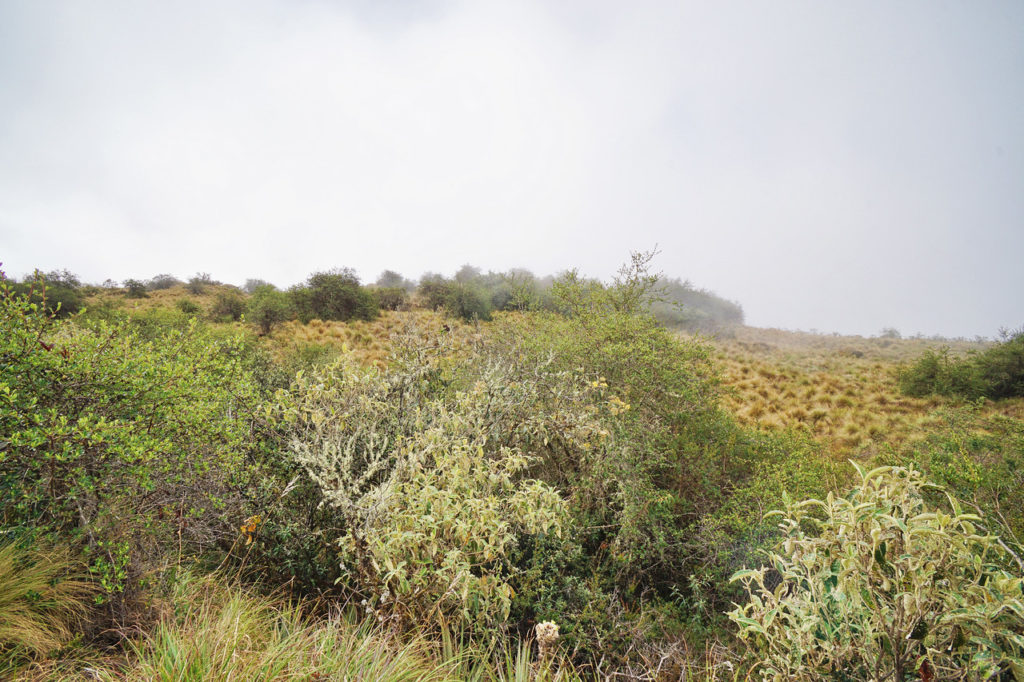
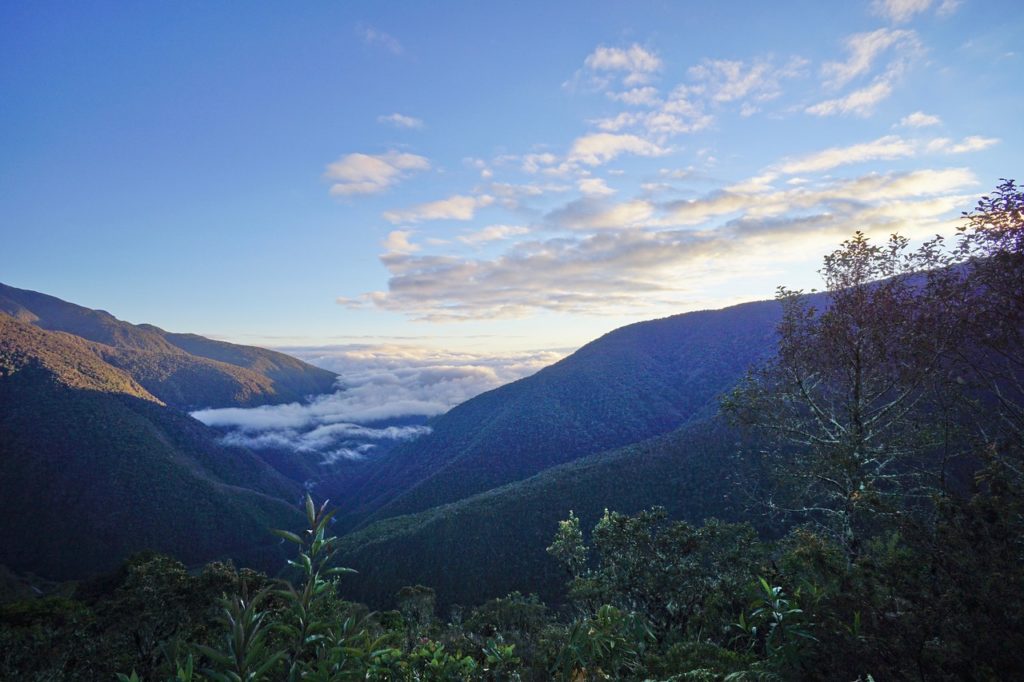
The next morning we packed up and headed down the Manu Road toward Villa Carmin Biological Station in the foothills. The target bird of the day was the Andean Cock-of-the-Rock and we had a late afternoon appointment at the Cock-of-the-Rock lek near Cock-of-the-Rock Lodge, half way between Wayqecha and Villa Carmin. The morning, however, as we slowly drove and walked the section of the Manu Road above Cock-of-the-Rock Lodge, turned out to be highly productive. Here is a small sampling of what we saw.
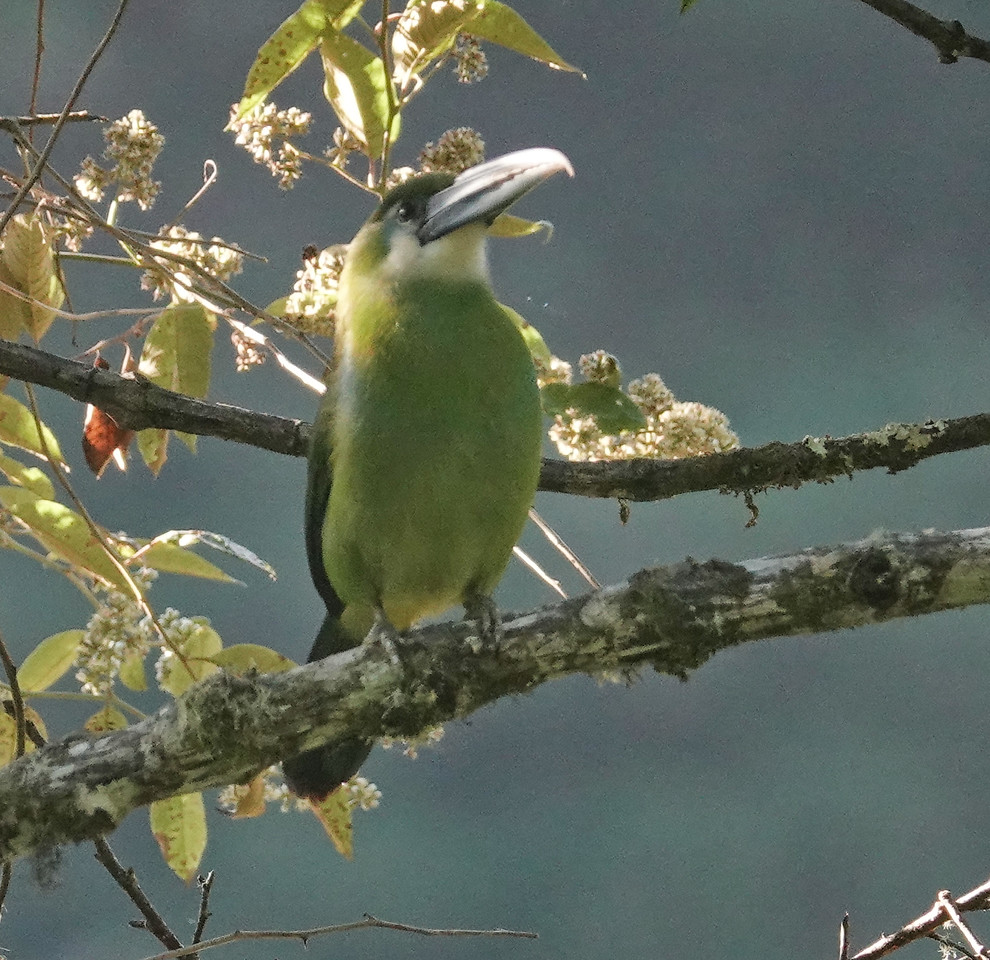
Blue-banded Toucanet 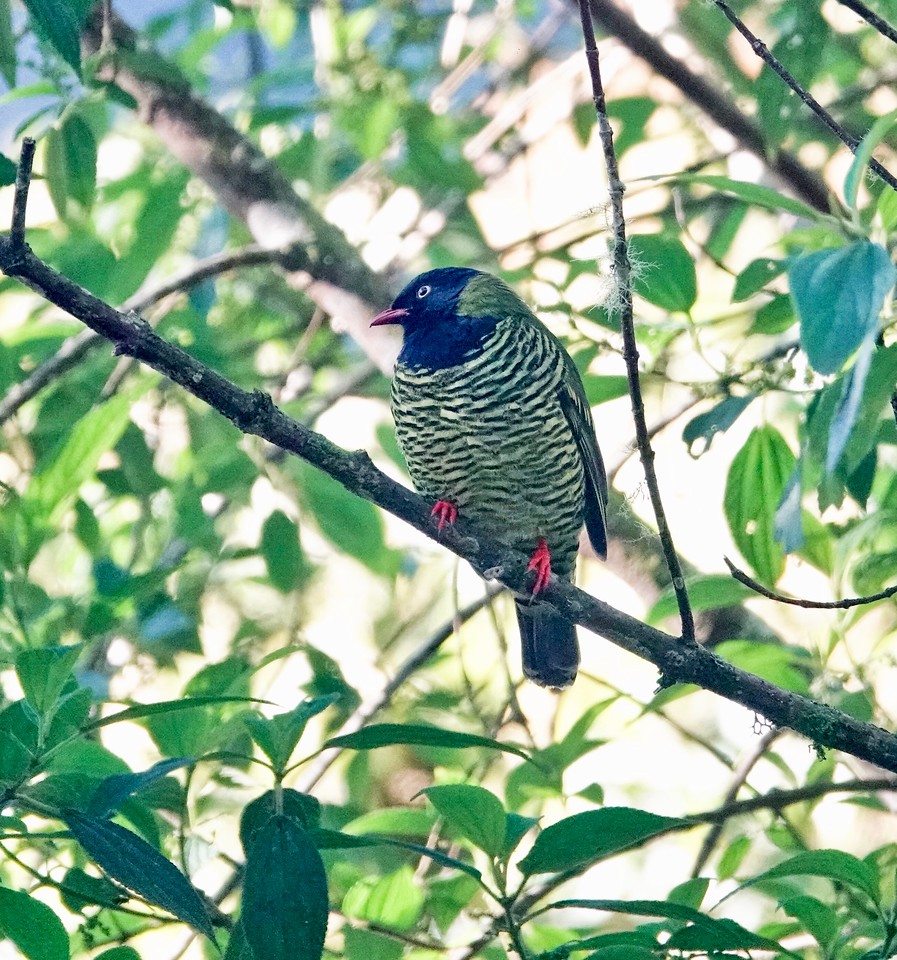
Barred Fruiteater 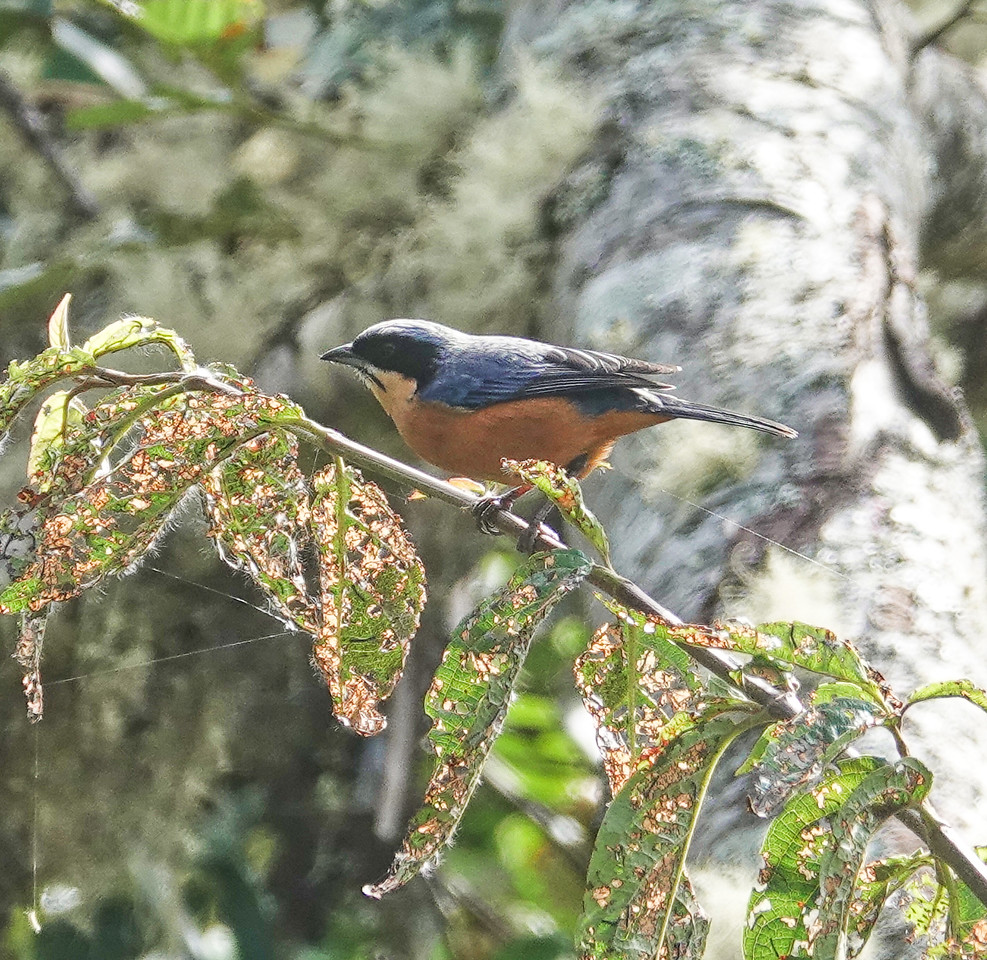
Chestnut-bellied Mountain Tanager 
White-collared Jay 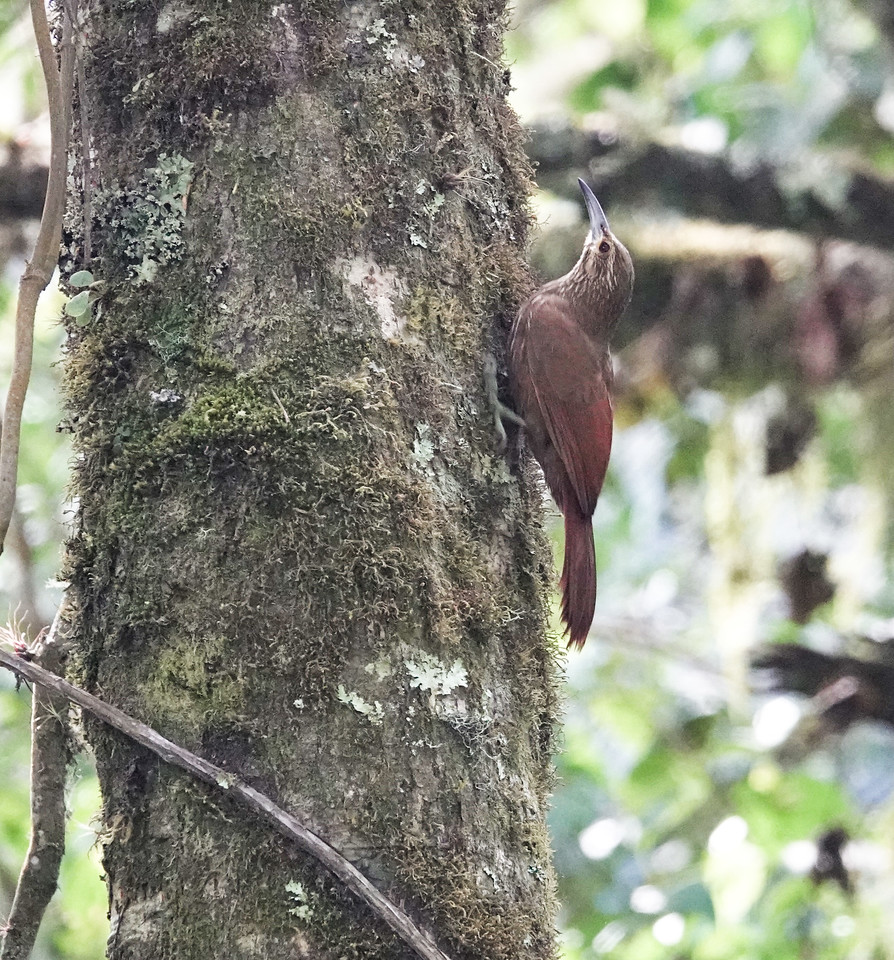
Strong-billed Woodcreeper 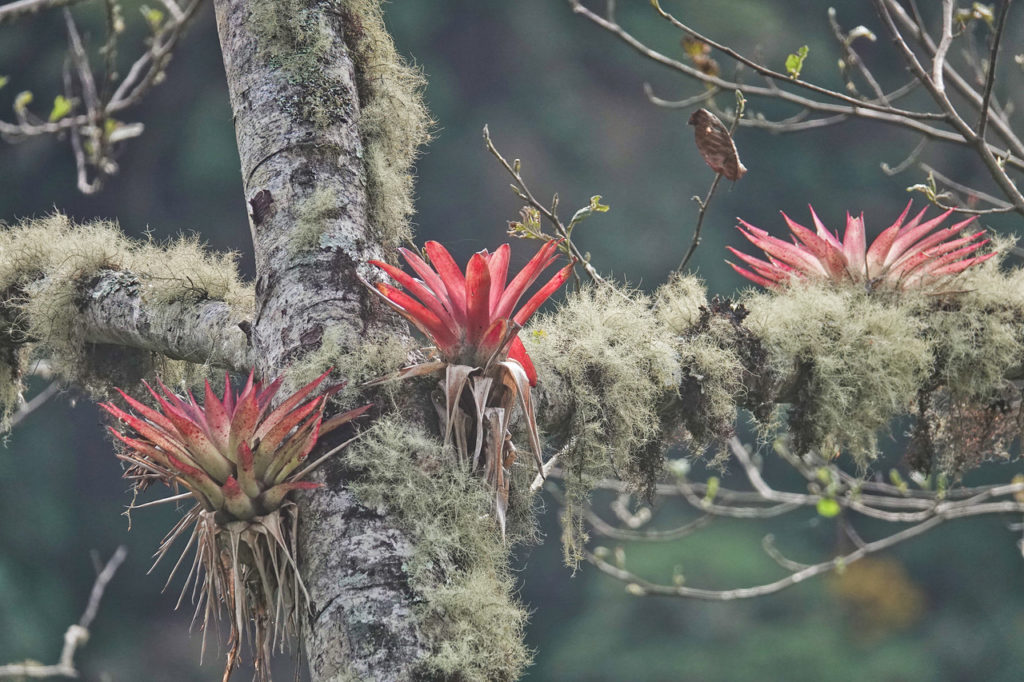
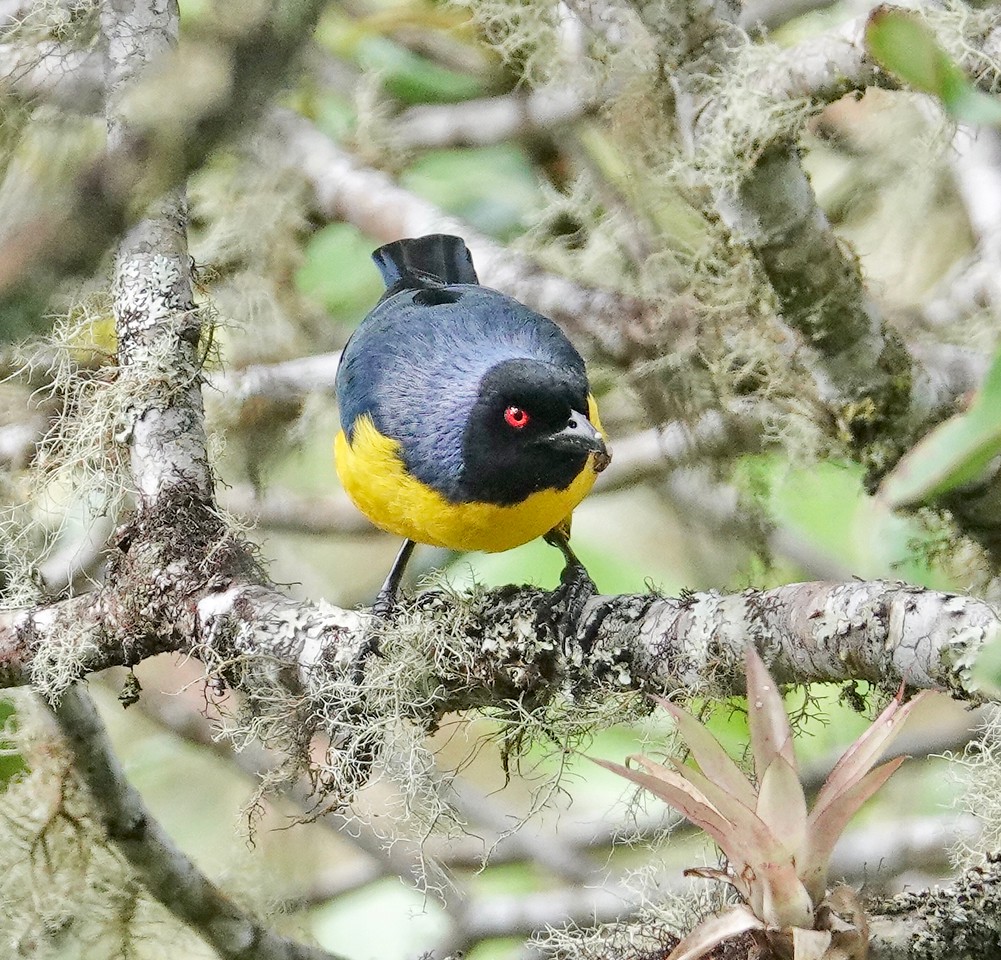
Hooded-Mountain Tanager 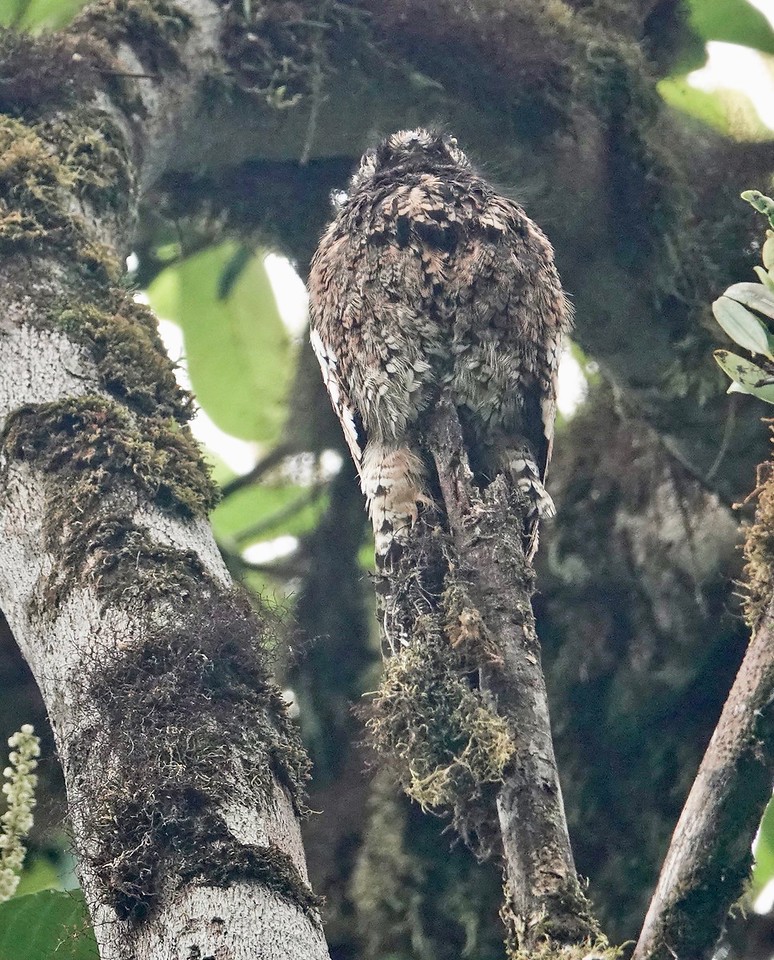
Andean Potoo 
Golden-naked Tanager 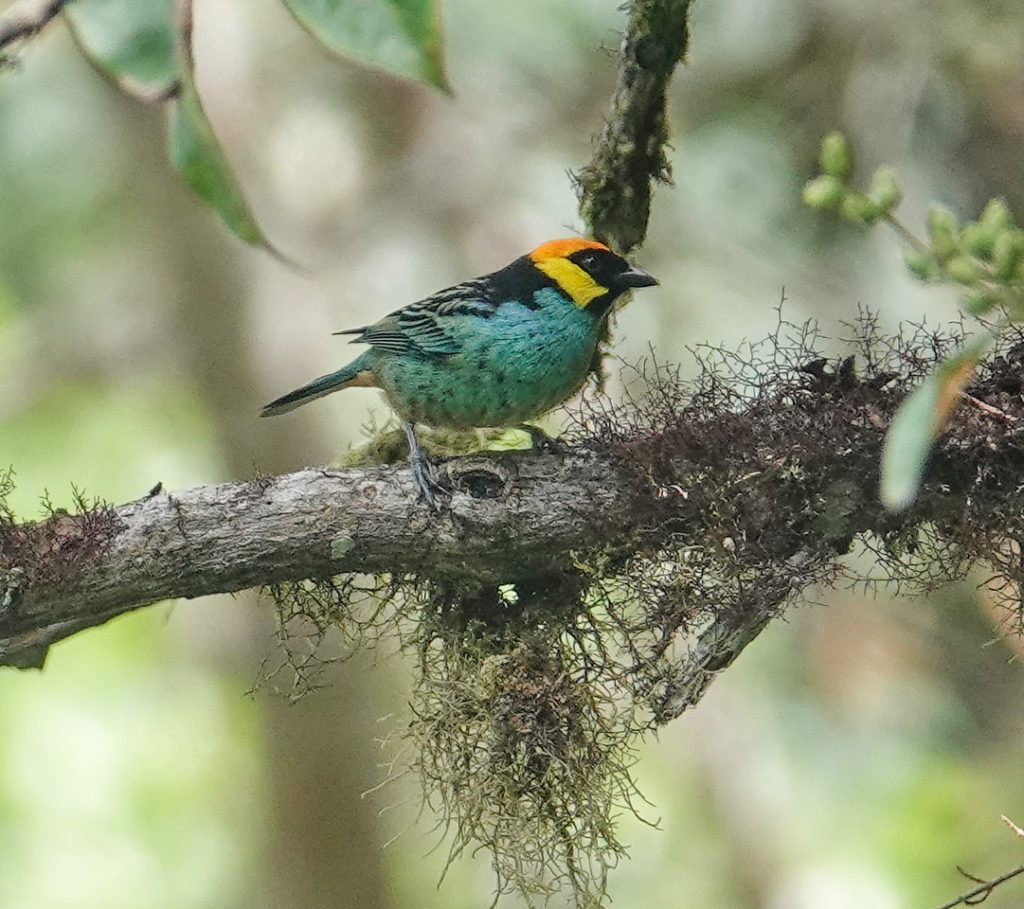
Saffron-crowned Tanager 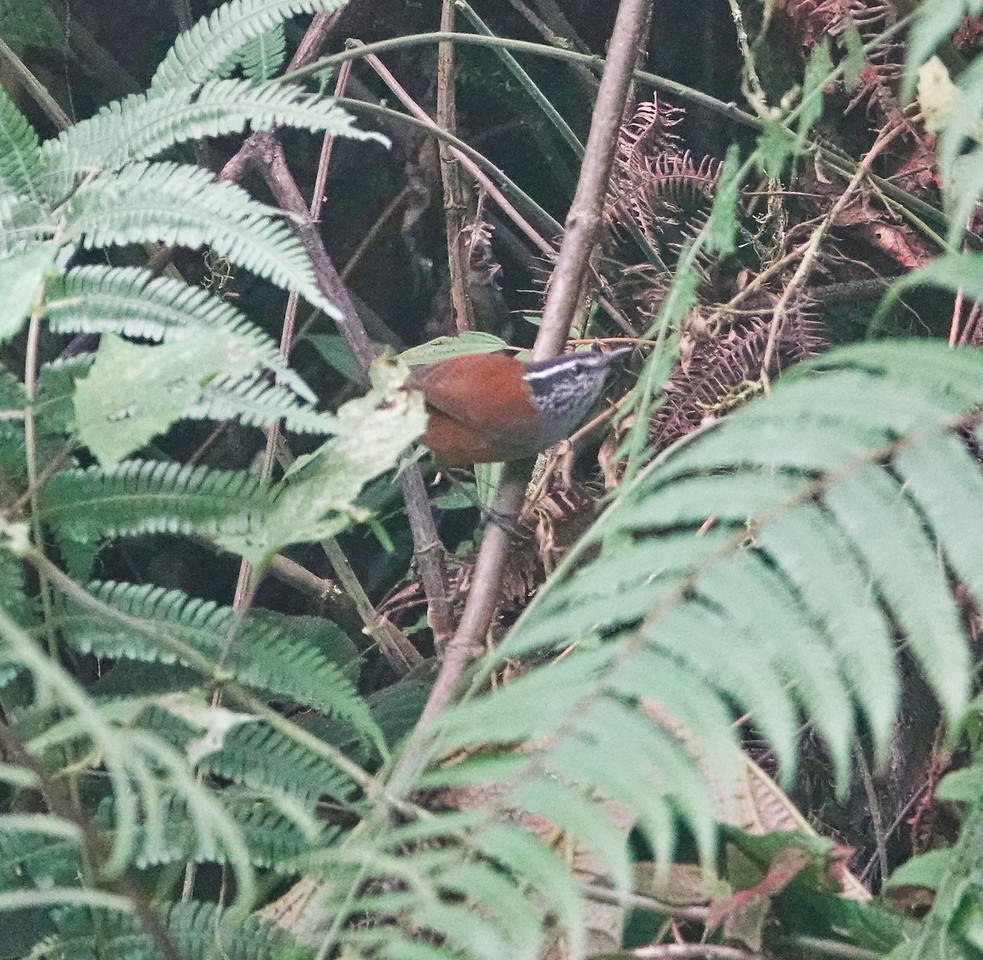
Inca Wren 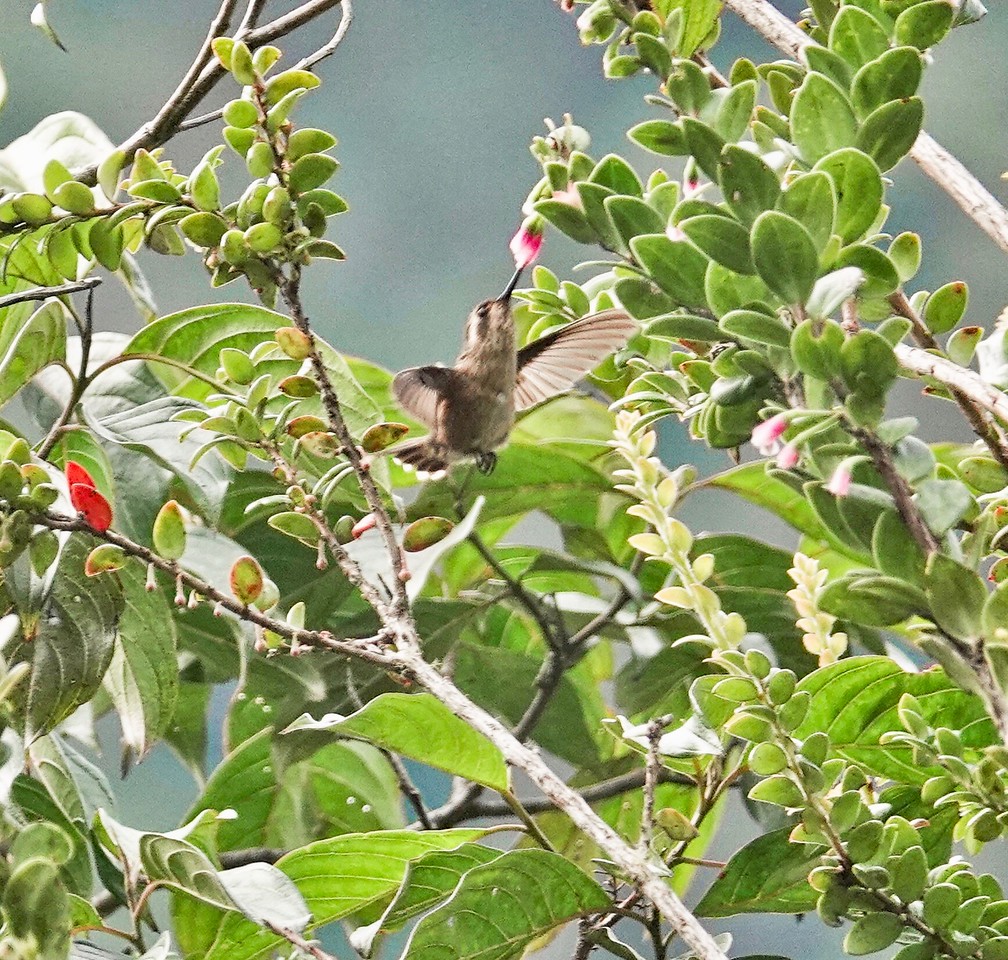
Little Woodstar?
Cock-of-the-Rock Lodge has a fame all its own, and is worth visiting for more than the nearby CotR lek. The feeding station, hummingbird feeders, and plantings in the back yard below the dinning hall attract a wide variety of hummingbirds, tanagers, sparrows, woodpeckers, etc.
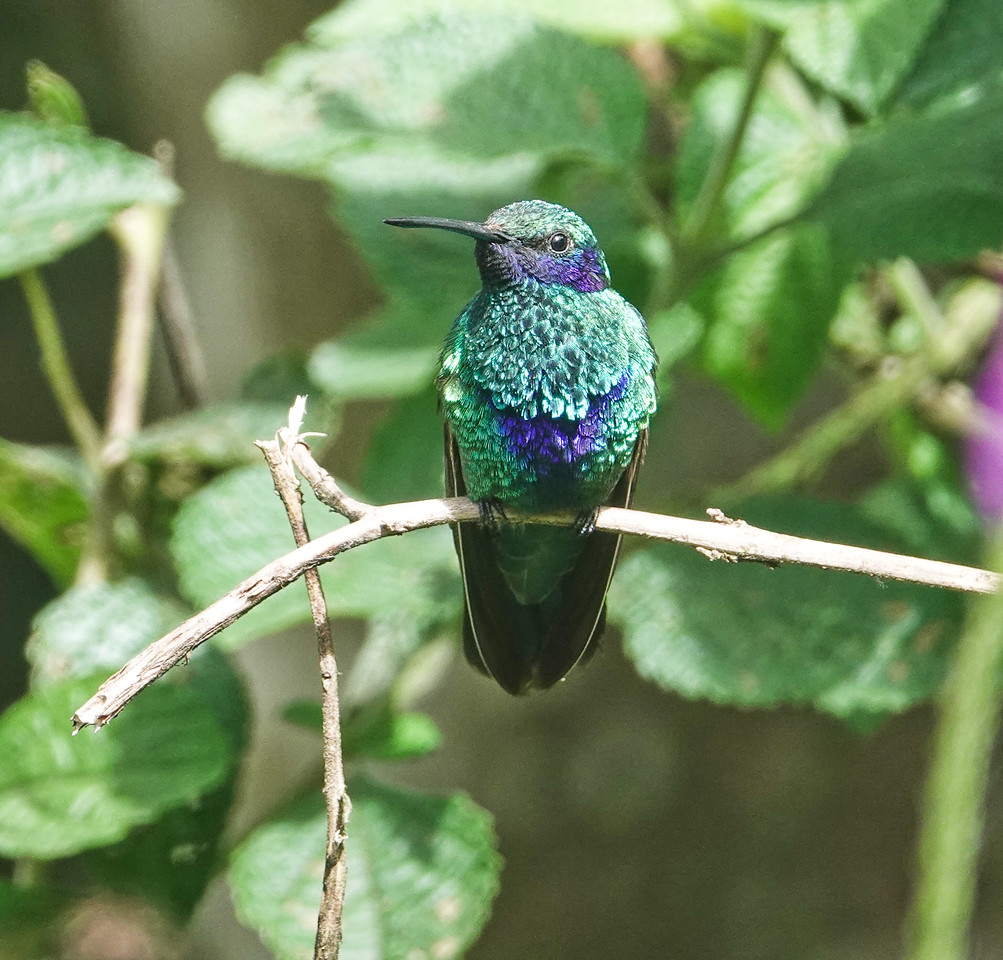
Sparkling Violetear 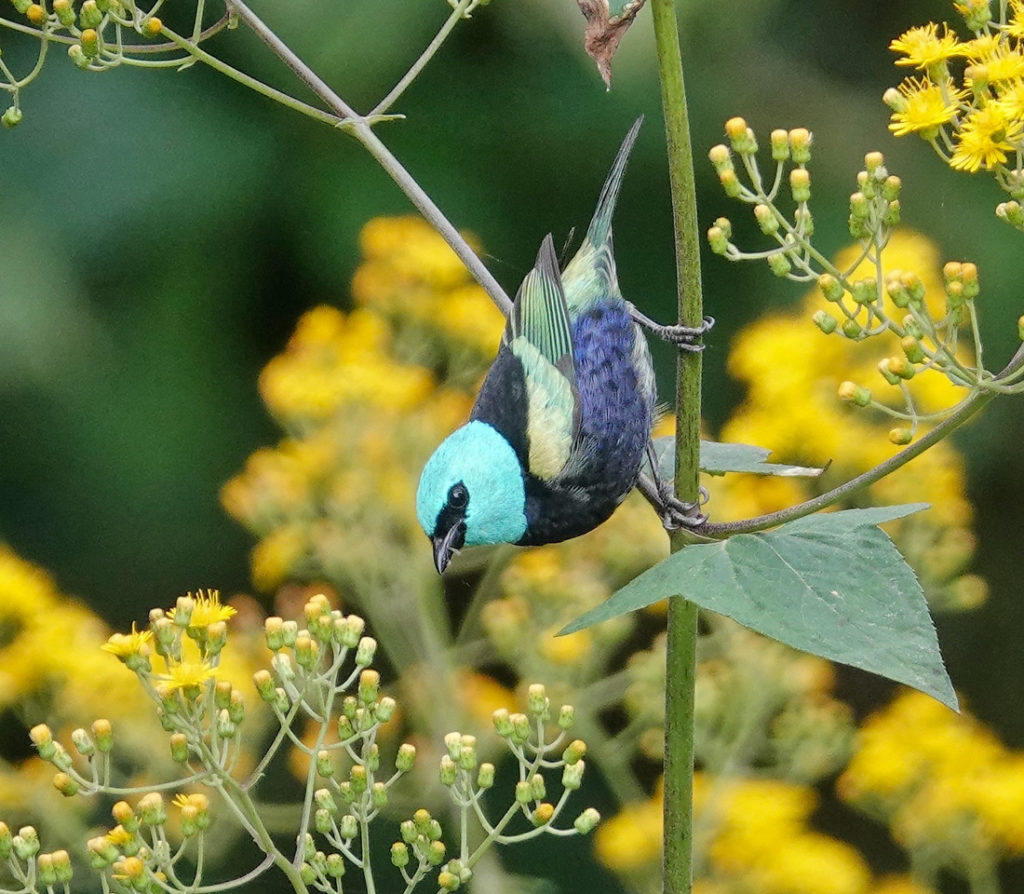
Blue-necked Tanager 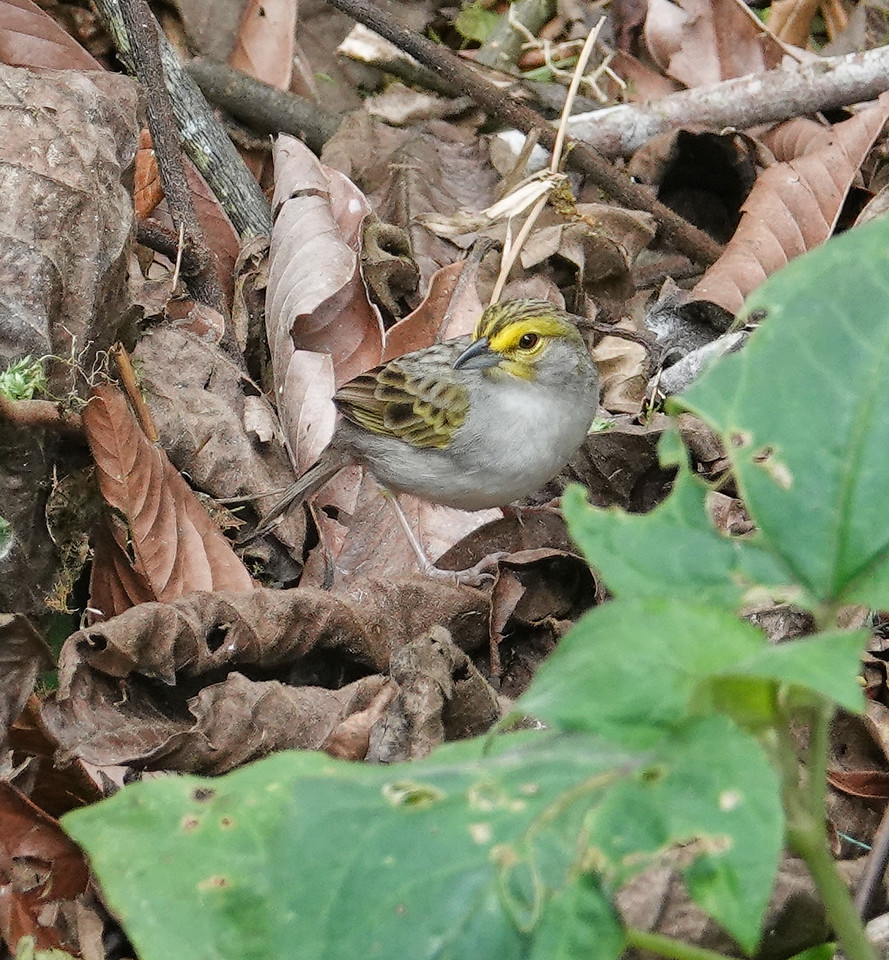
Yellow-browned Sparrow 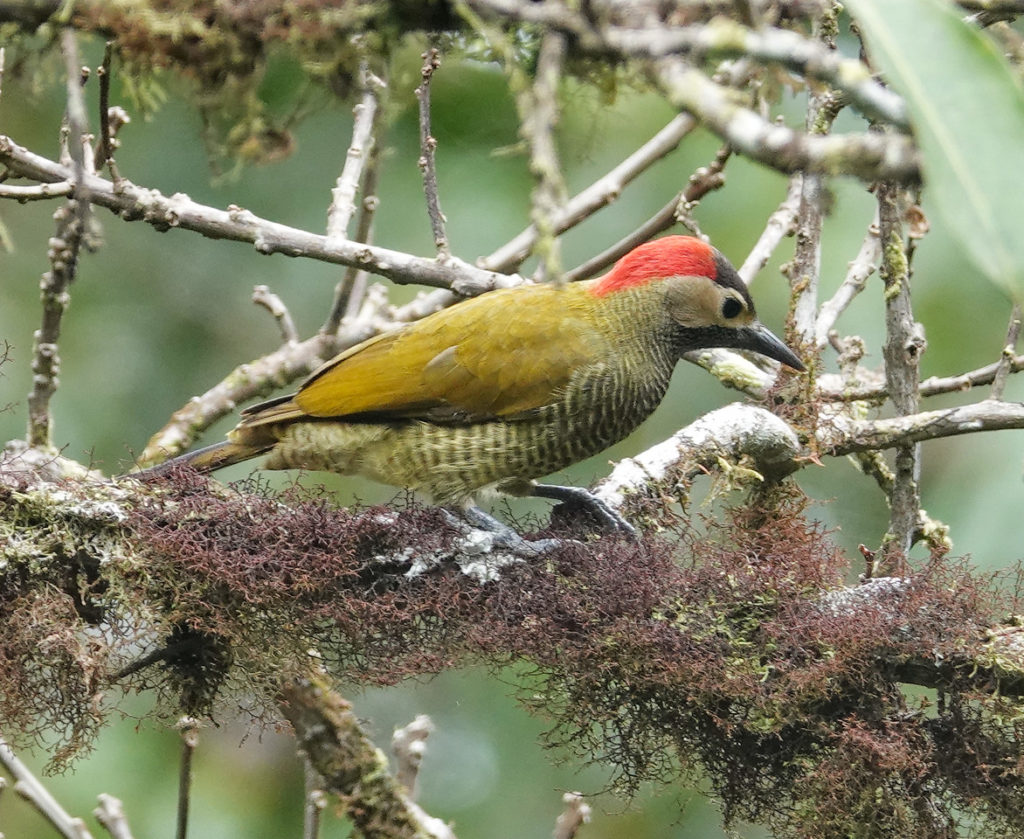
Golden-olive Woodpecker 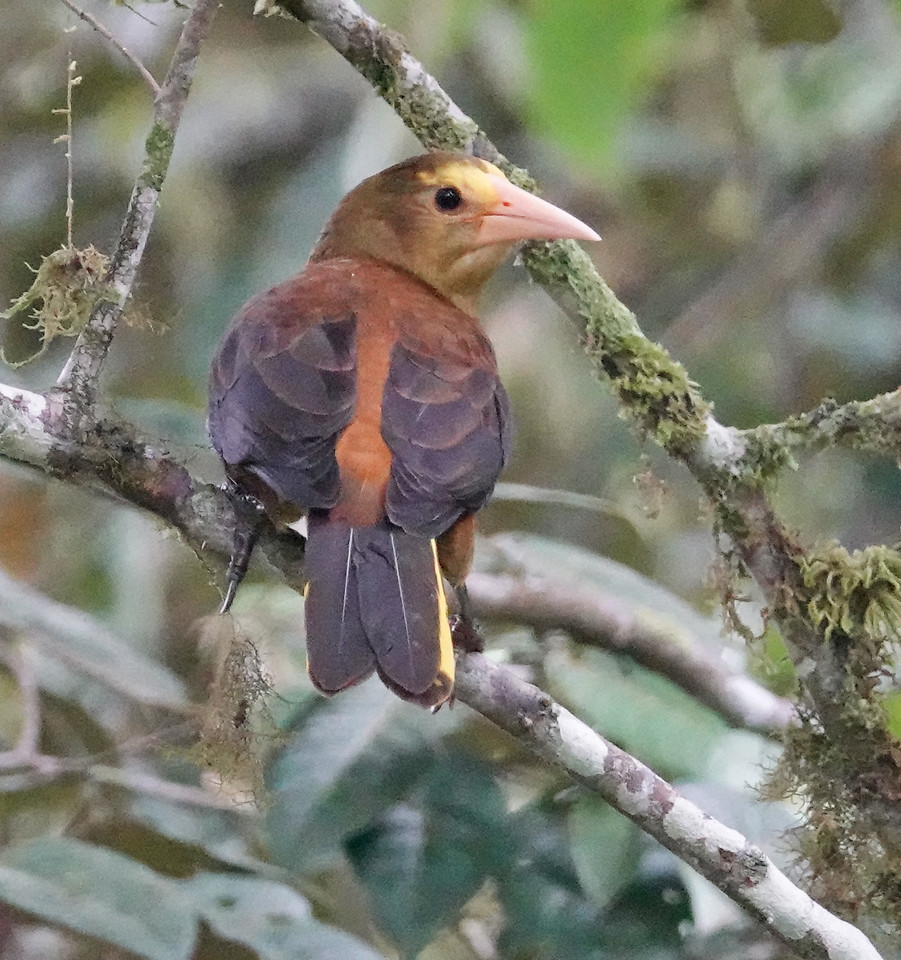
Russet-backed Oropendola 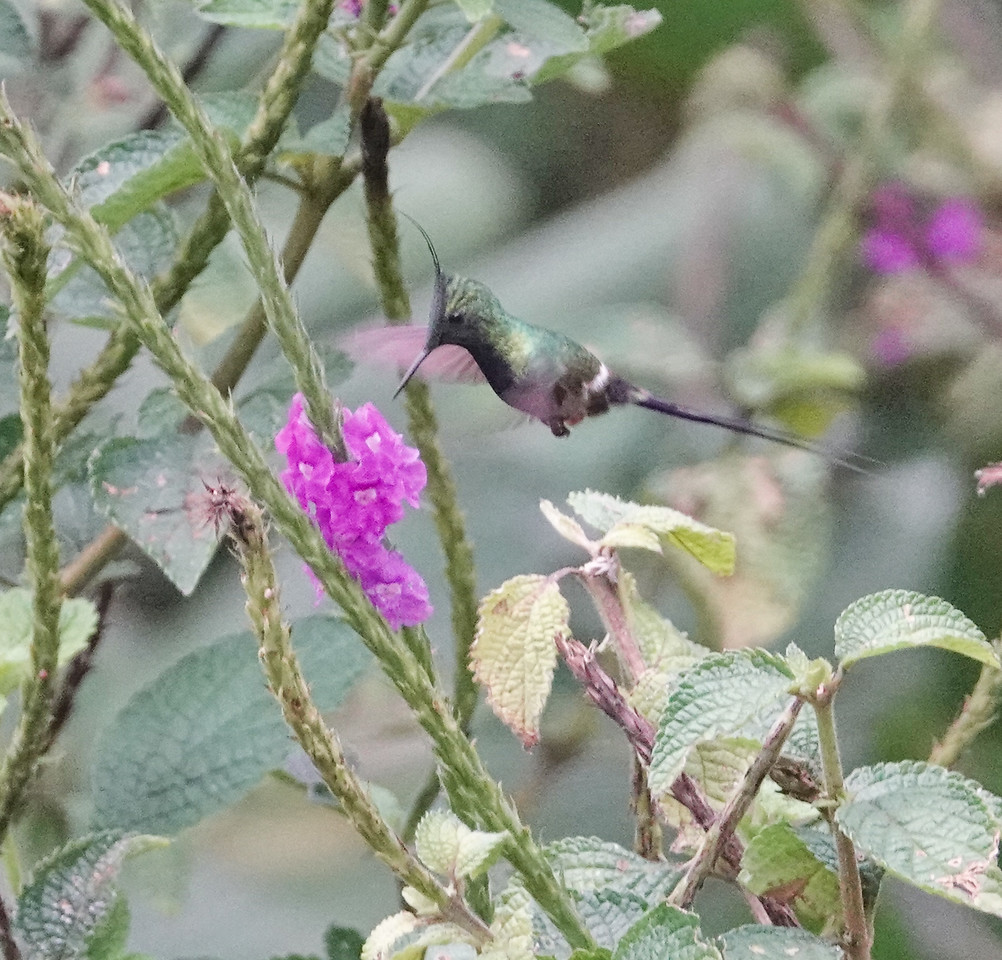
Wire-created Torntail 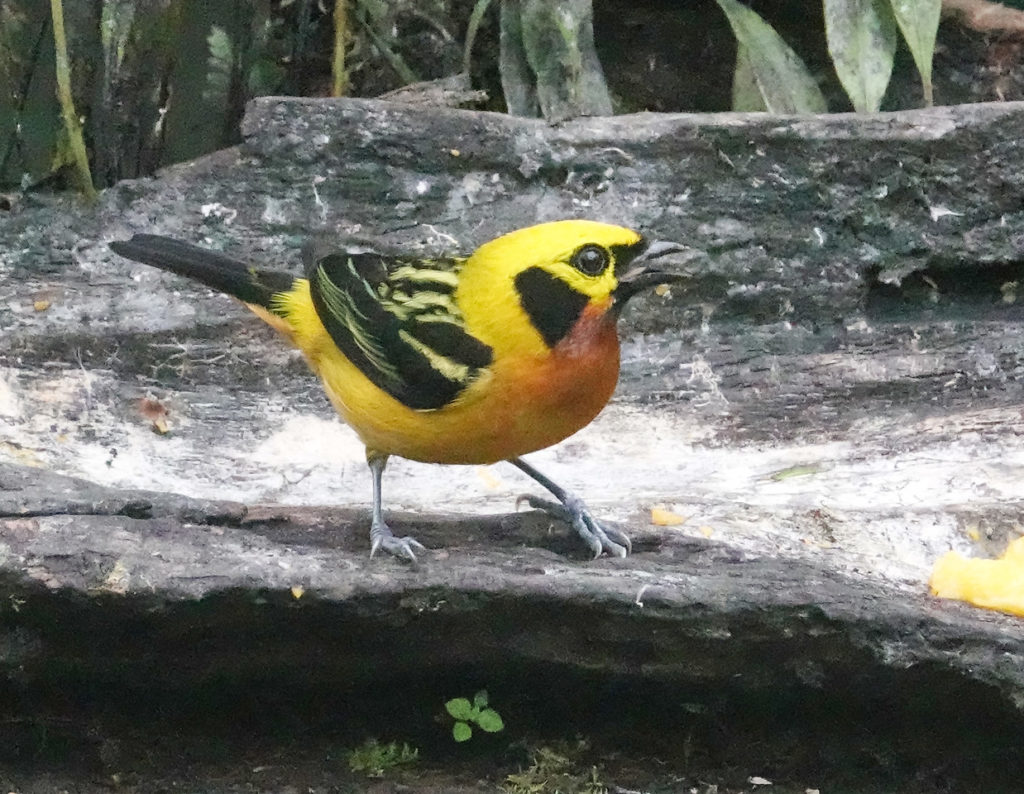
Golden Tanager 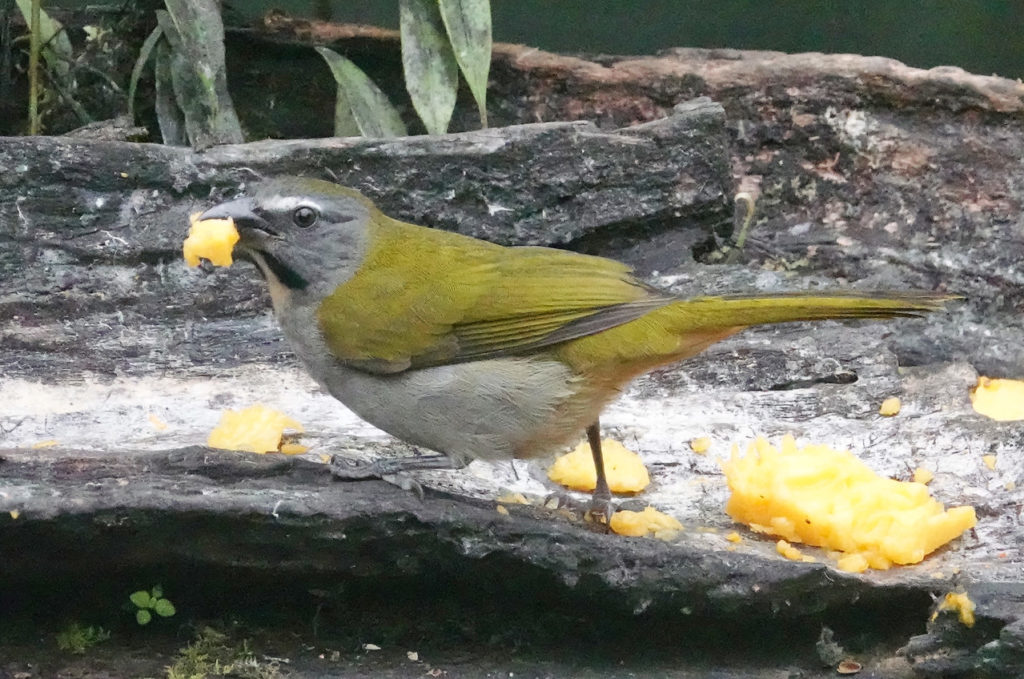
Buff-throated Saltator 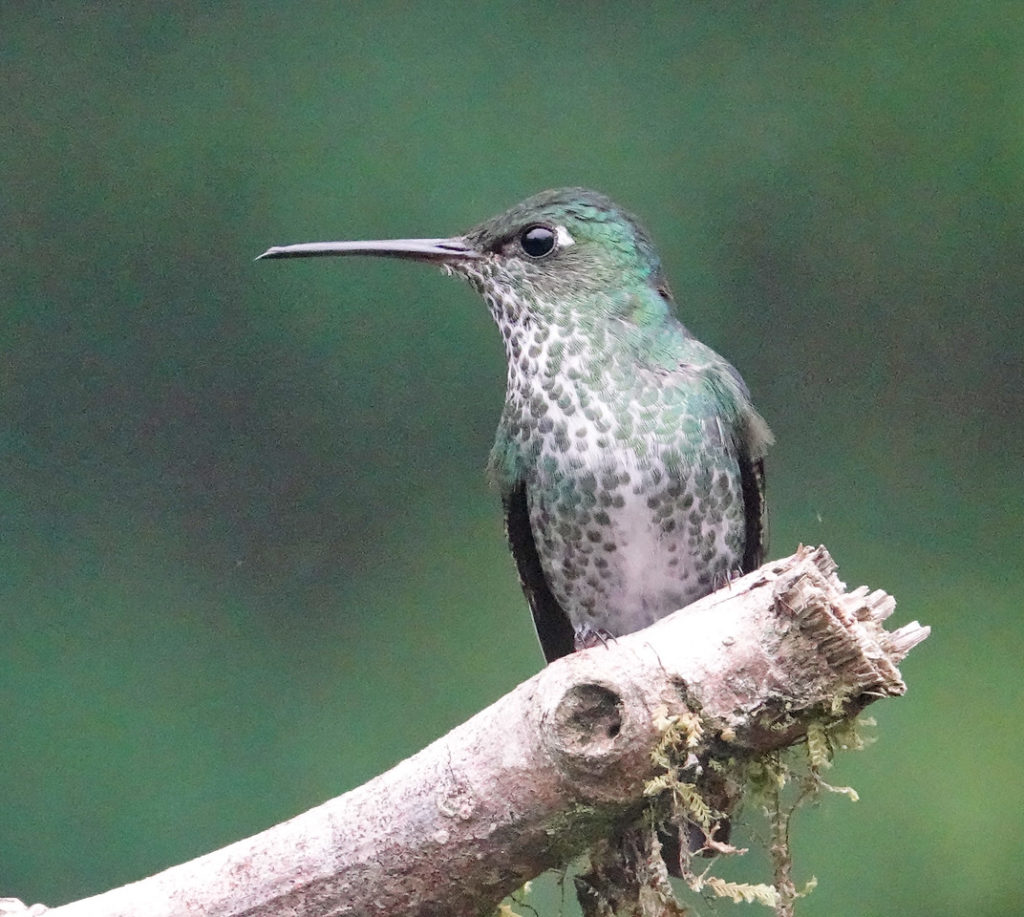
Many-spotted Hummingbird 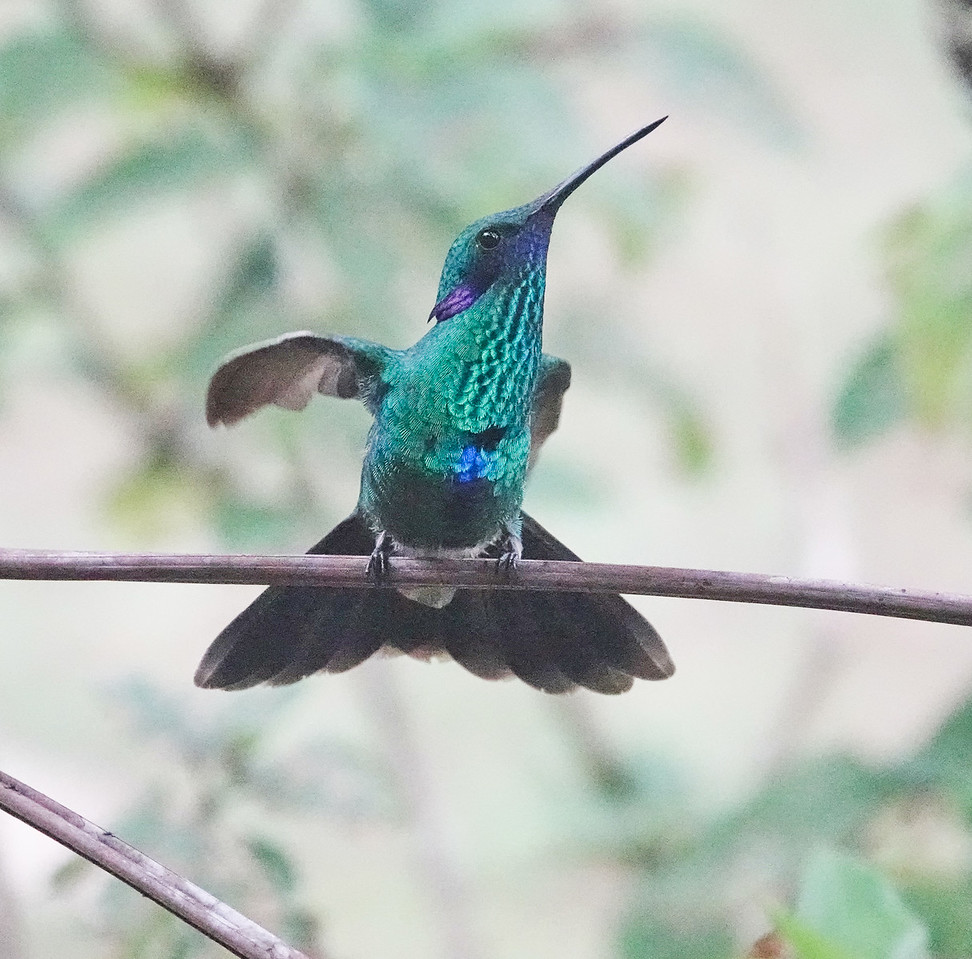
Sparkling Violetear 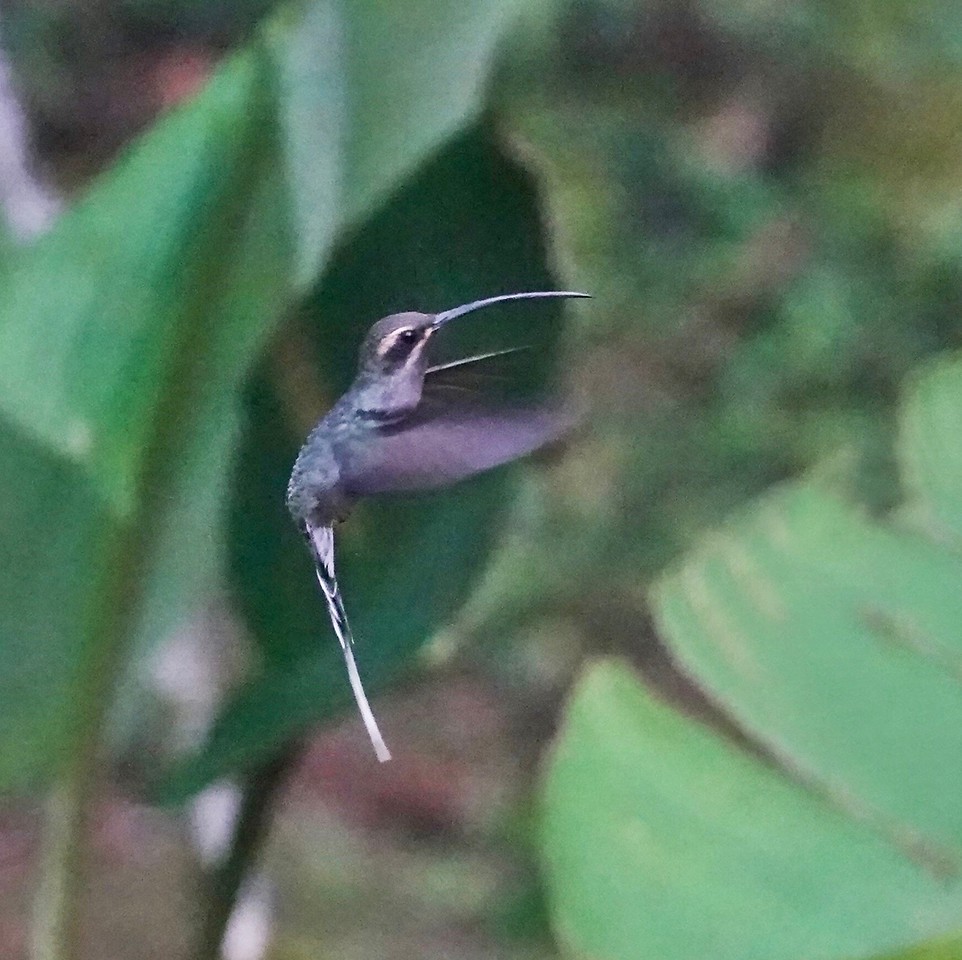
Long-tailed Hermit 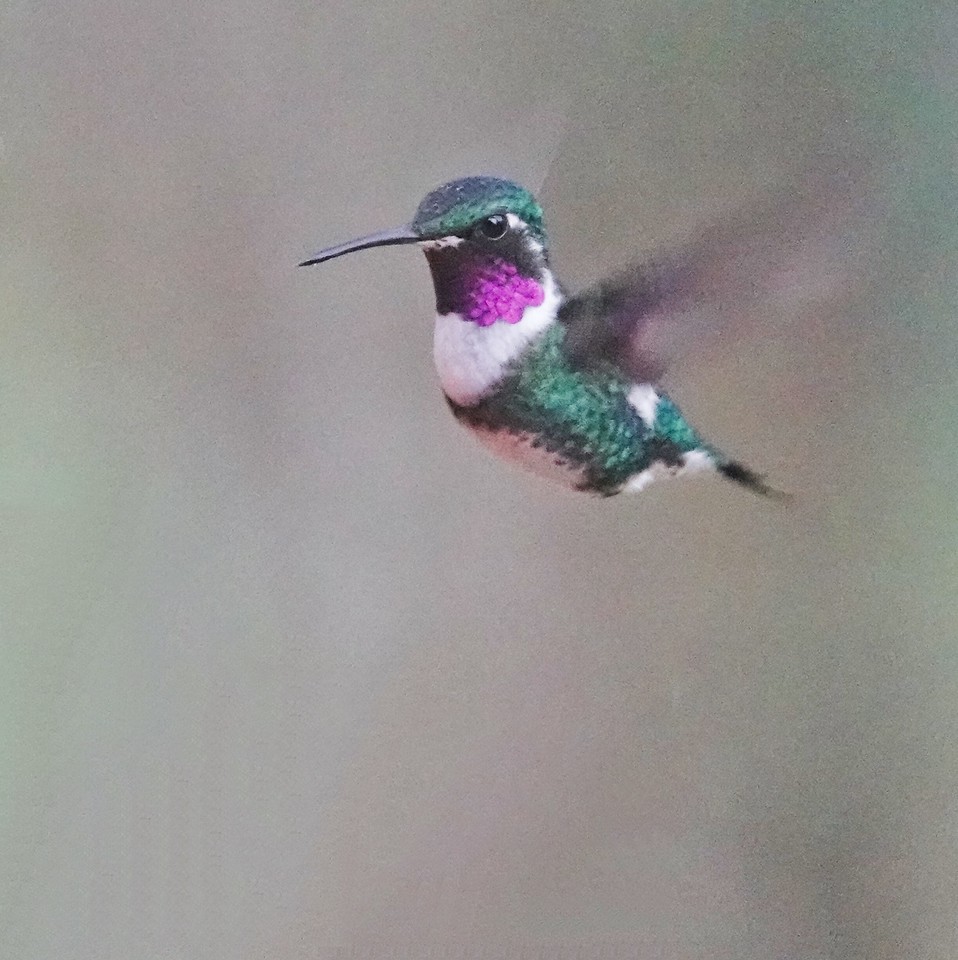
White-bellied Woodstar 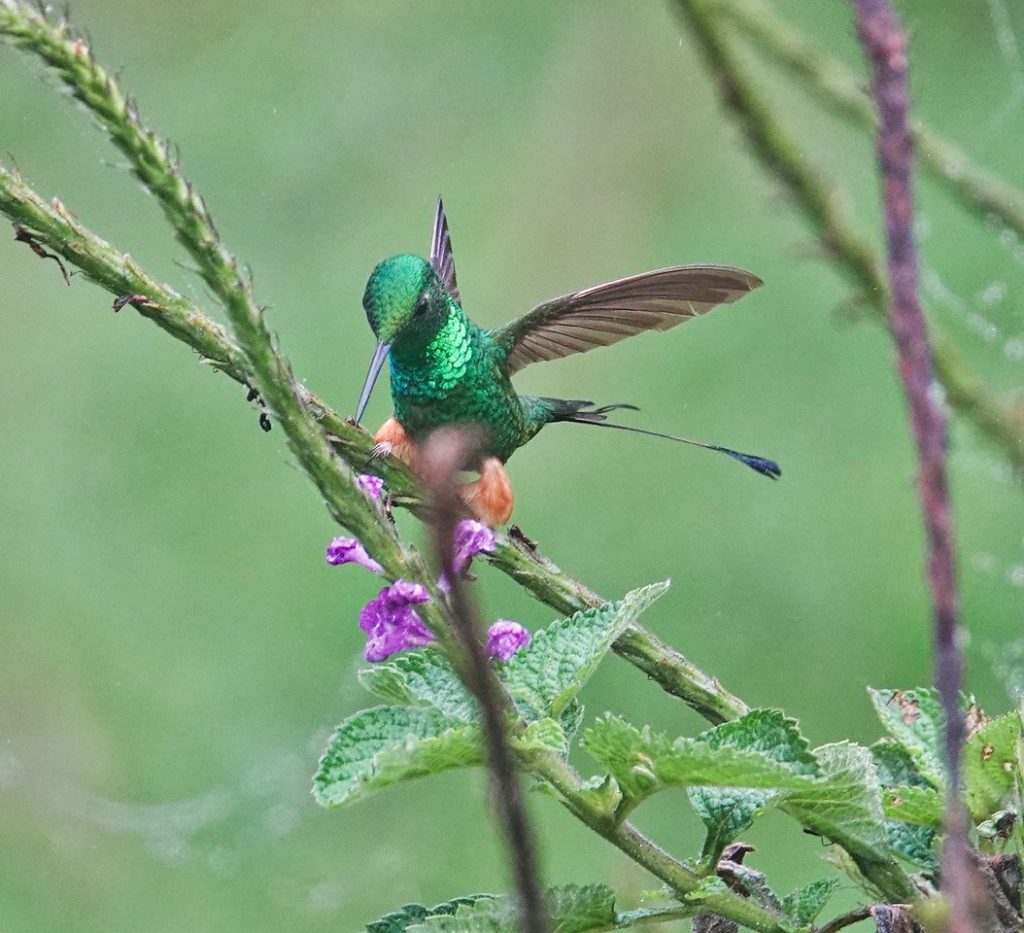
Booted Racket-tail 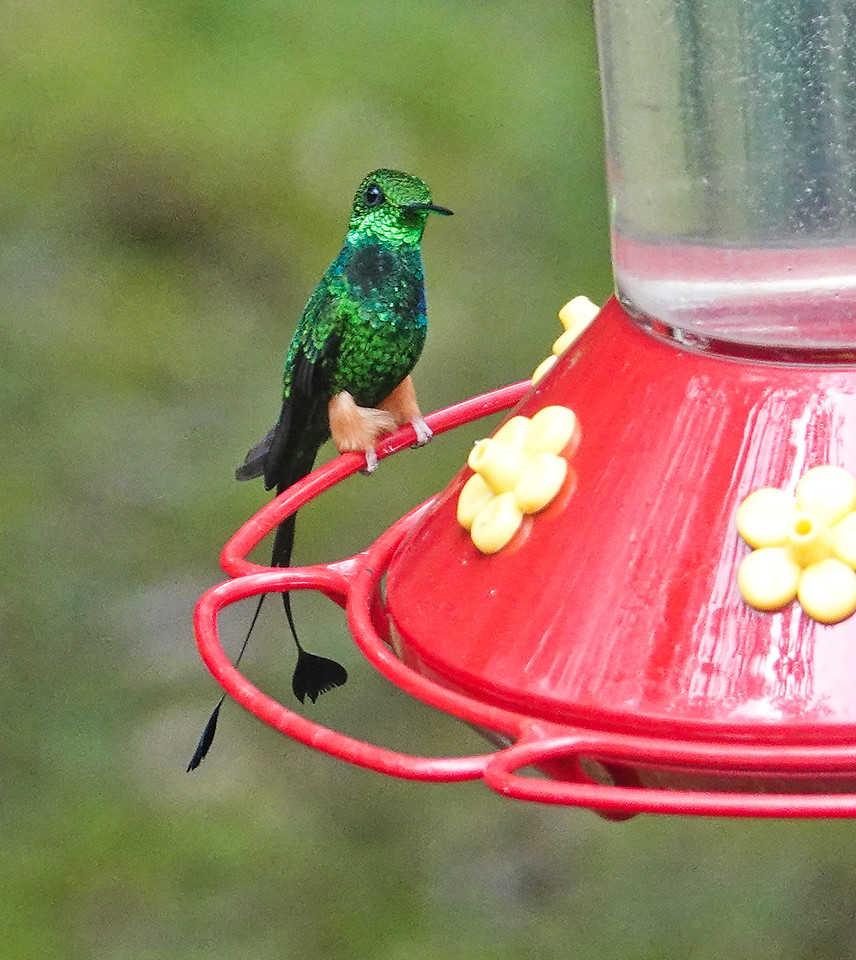
Booted Racketail
They take appointments for the lek both morning and afternoon, during the hours when the the male Cock-of-the-Rocks are likely to be displaying. We had an afternoon appointment and I was a bit worried, as we watched the bird show around the feeders at the lodge, and as the clouds rolled in and the day darkened, that we would not have much light left after 4PM. Still, we were there. They maintain a rough covered platform for observing the birds, on a slope above the lek. We went in early to get the prime spots for photogrpahy…at the far end of the platform…but it turned out there were only a few others scheduled for that afternoon, and they came and went quickly. We saw our first Cock-of-the-Rock before official opening time and before anyone else arrived. Again, like most experiences on the Manu Road, your experience at the Cock-of-the-Rock lek will be a matter of how active the birds are on the particular day you visit. There is rarely a day when no birds show up to display, but it can happen. And the birds might or might not be visible in the dense foliage of the lek. We had a total of three birds displaying, but one kept well out of sight, and we never did get a clear look at it. Still, the Cock-of-the-Rock lek at Cock-of-the-Rock Lodge is not to be missed if you are doing the Manu Road, and remains one of the most reliable places in South America to see the bird. And what a bird it is. A member of the Cotinga family of birds, there are few birds more spectacular. Light levels are always low in the lek area, and these images were taken in the Sony Rx10ivs special Anti-motion Blur mode, which stacks serval exposures to make the most of the light available.
We were on our way back the van from the Cock-of-the-Rock lek when Pepe spotted a female Amazonian Umbrella Bird just off the road at eye-level in a small tree. This is another hard to see bird, and another example of the opportunities the Manu Road provides.

For the second half of the journey, see part 2.
For more information on arranging a Birding the Manu Road adventure of you own, contact Amazon Journeys.

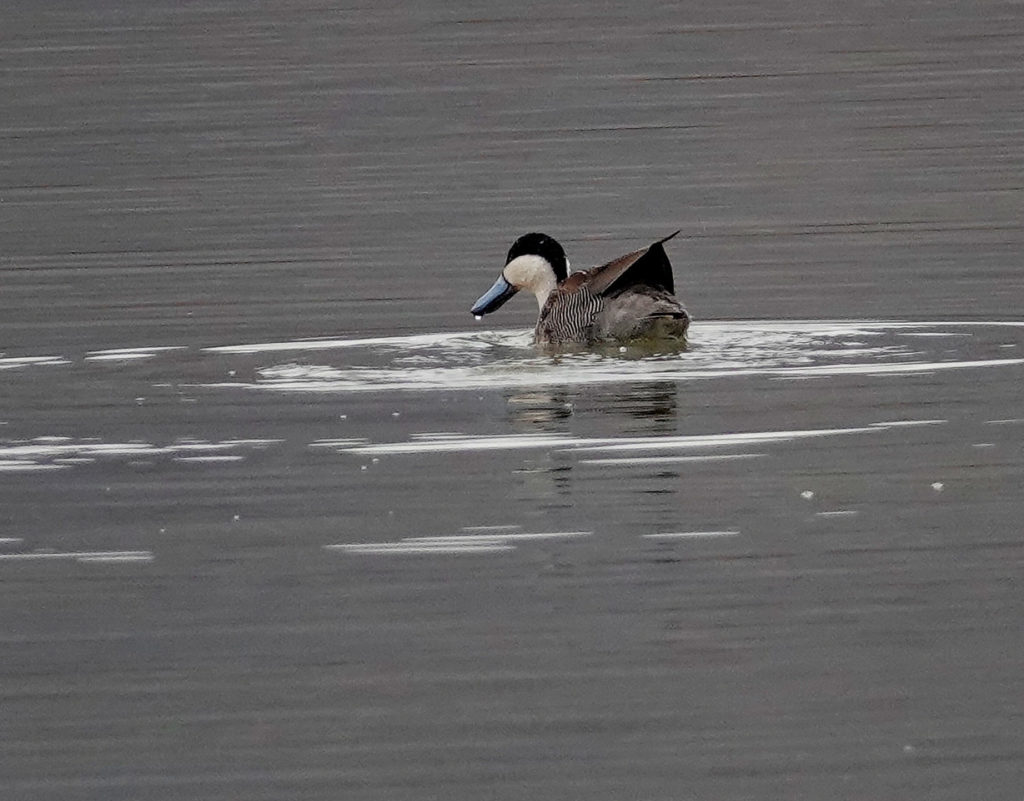
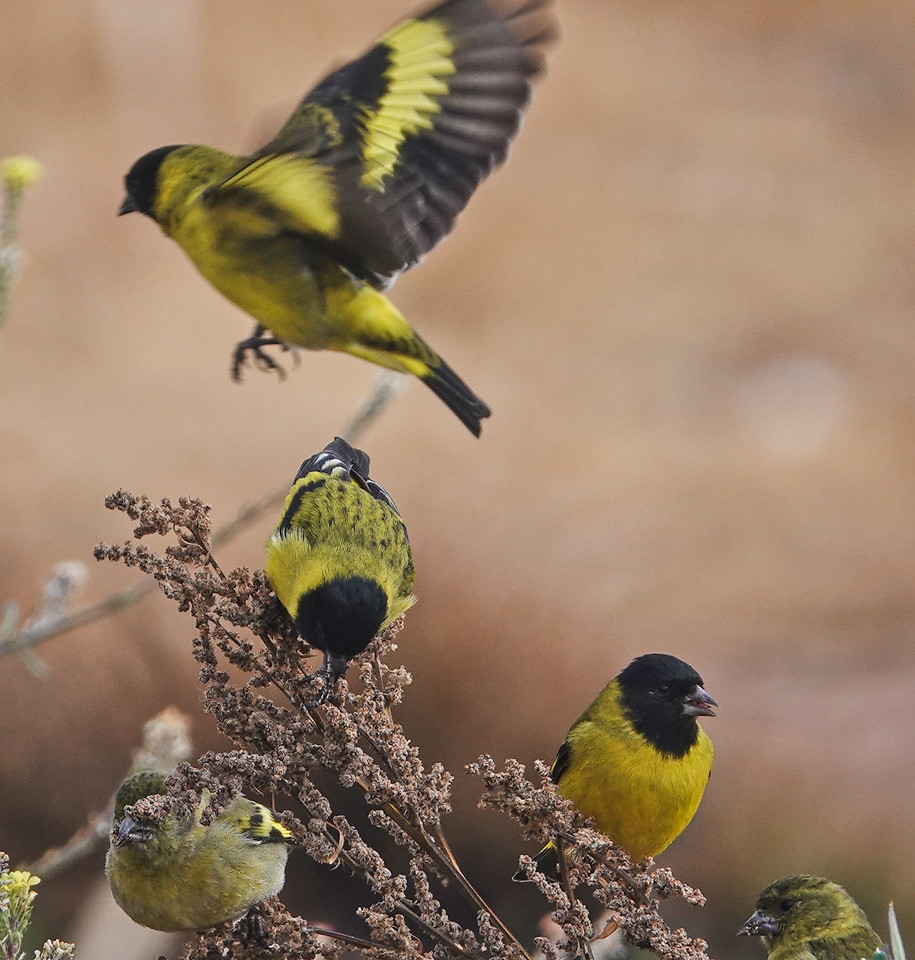
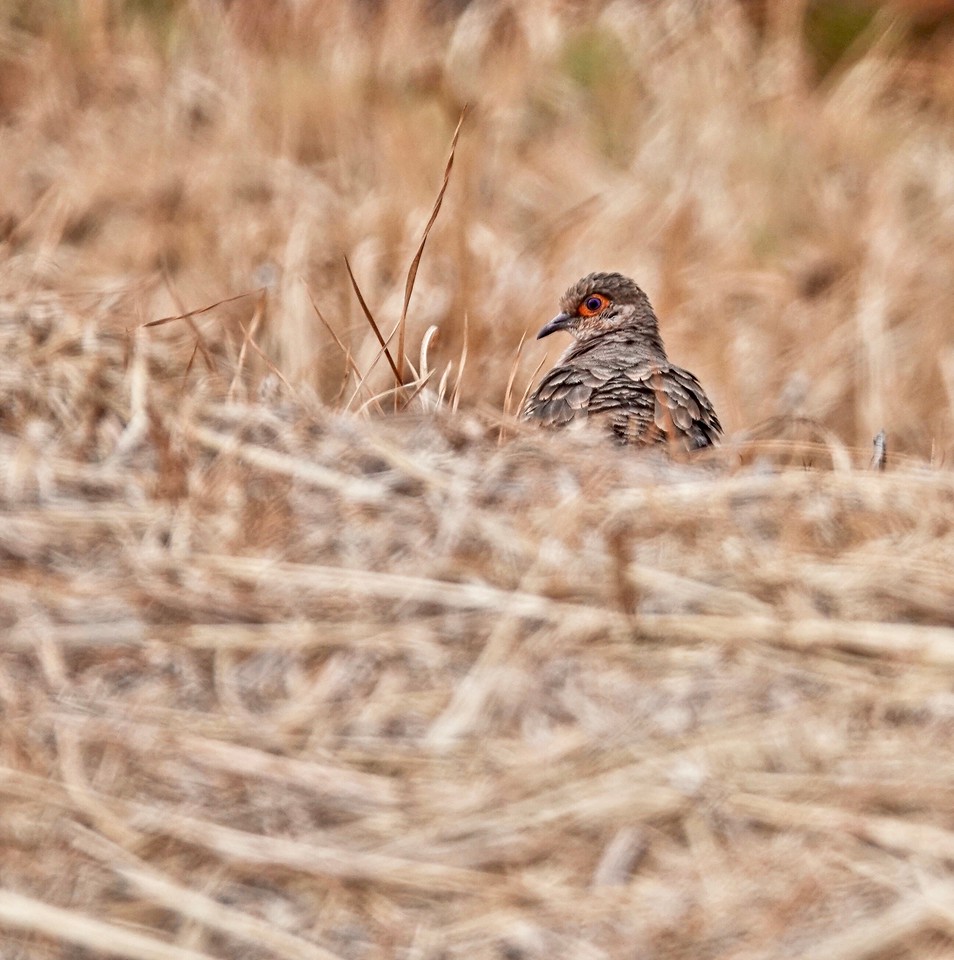
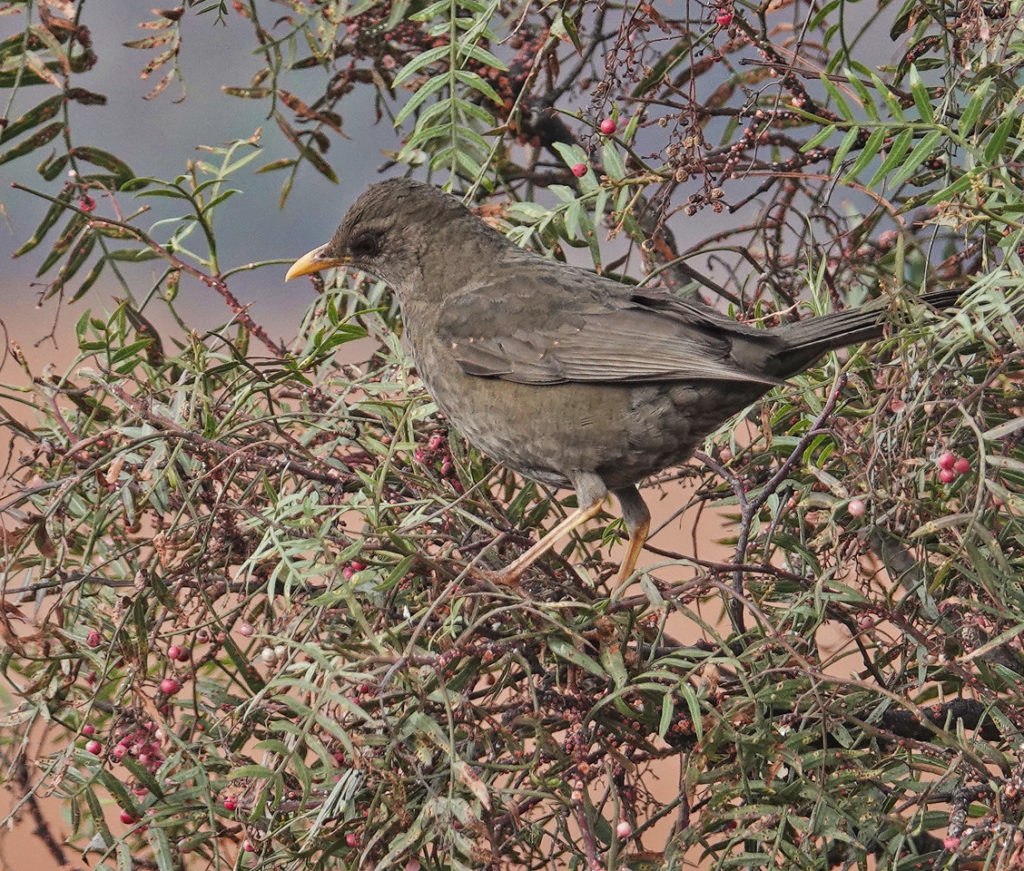
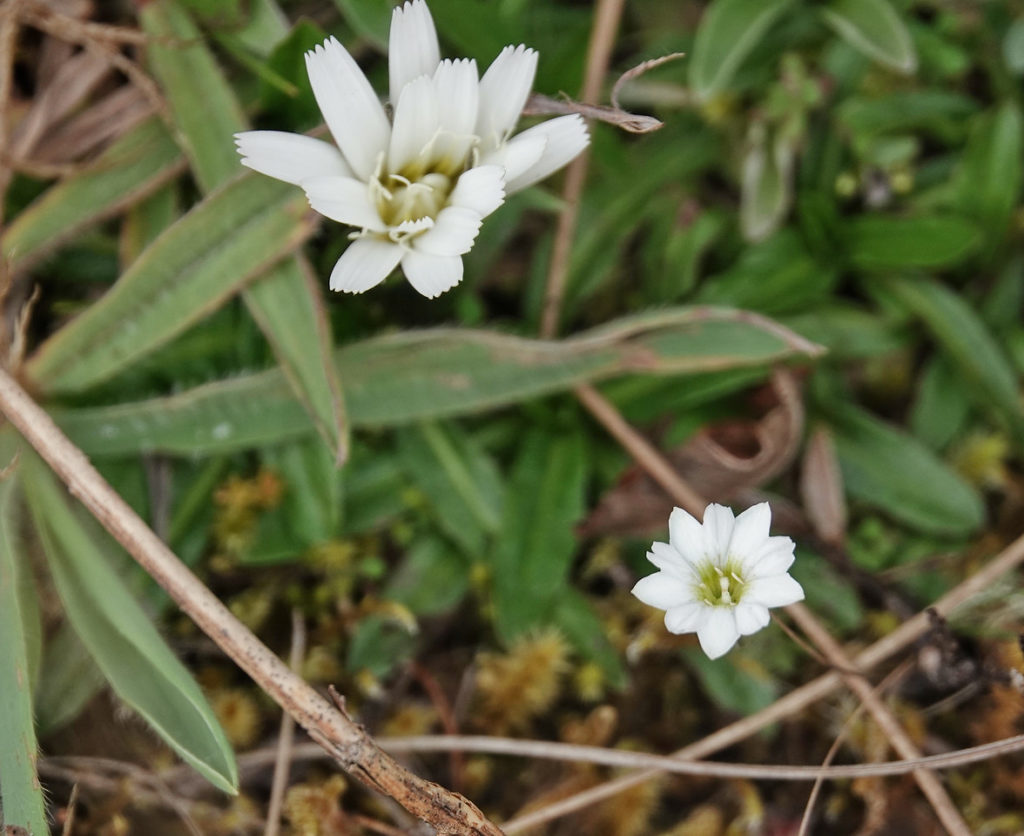


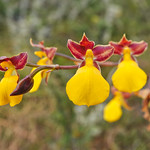
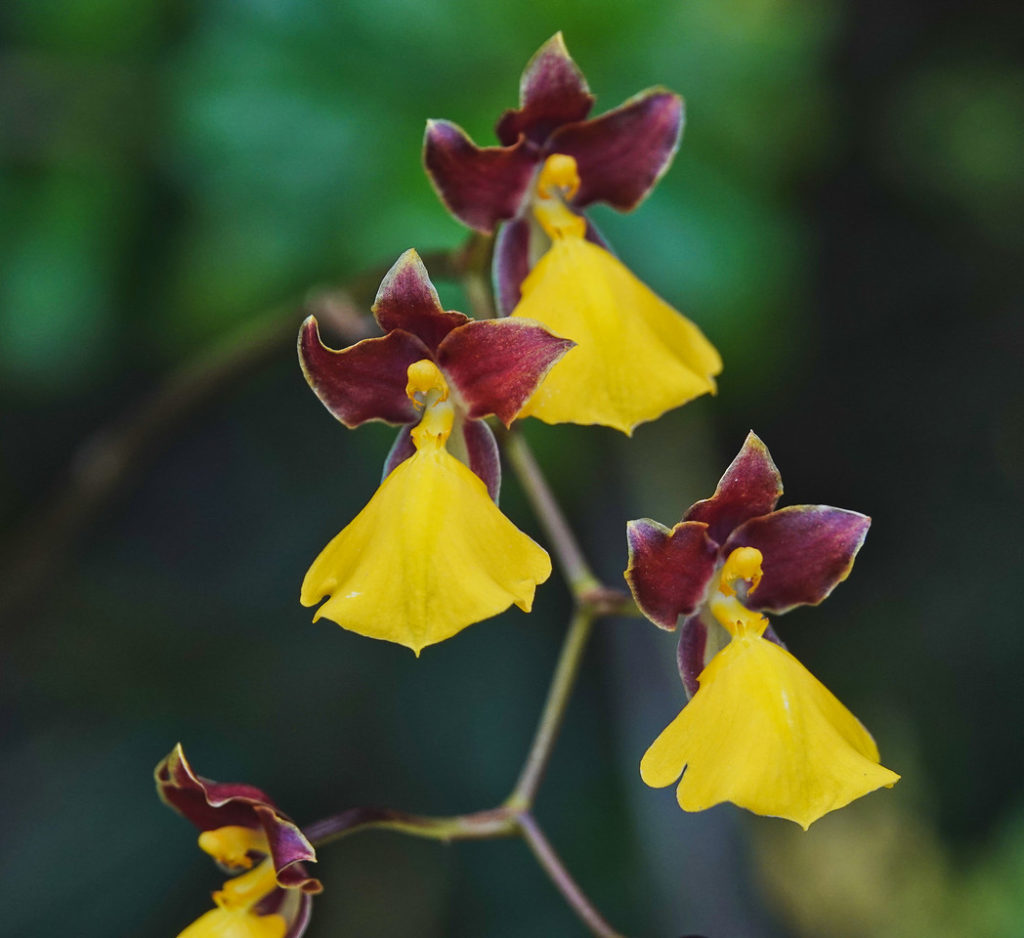
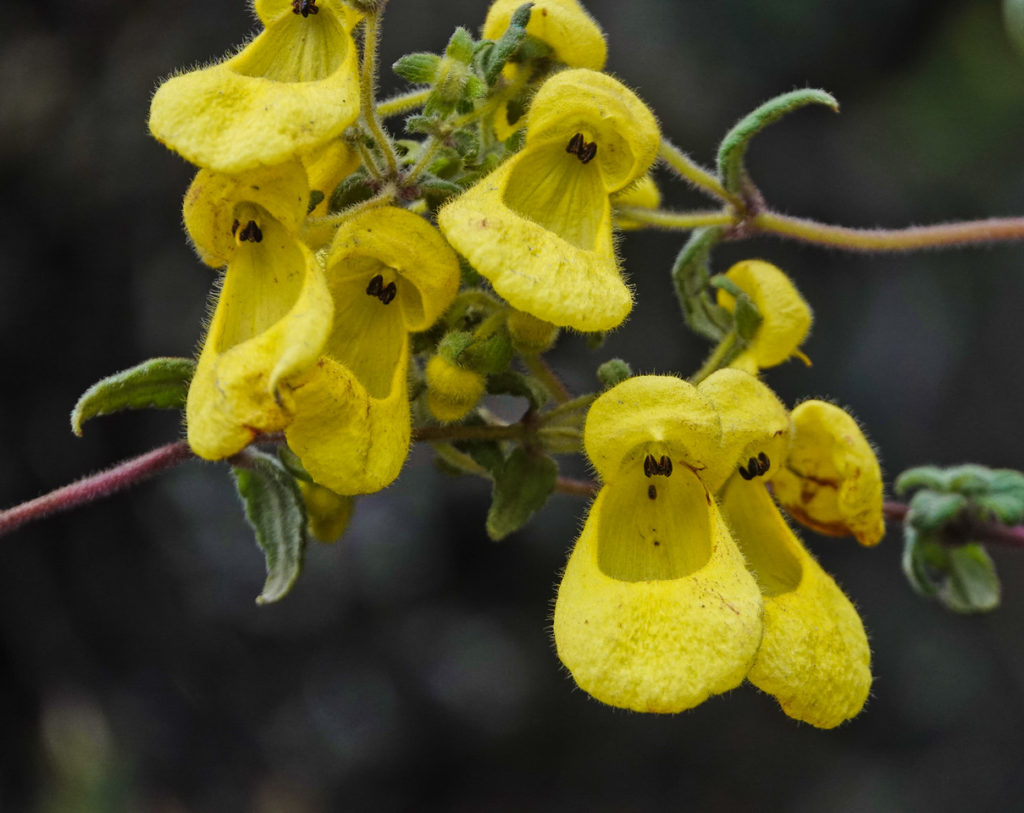
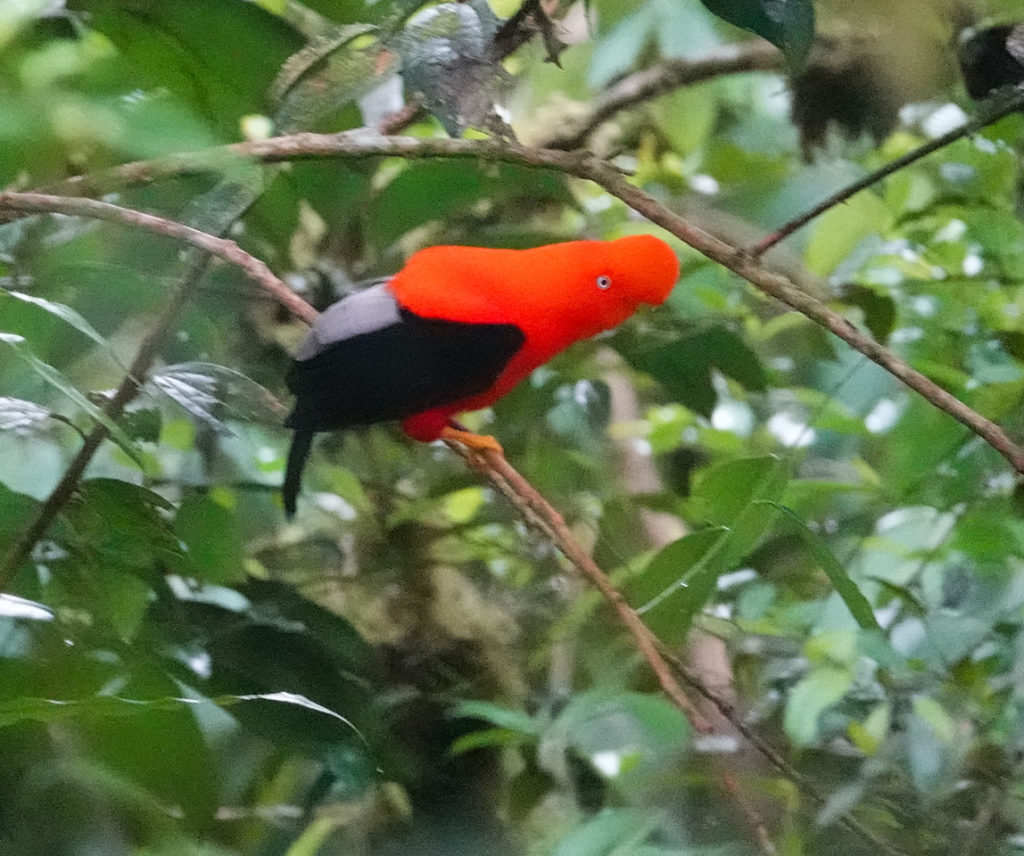
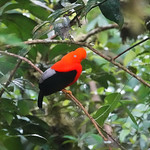
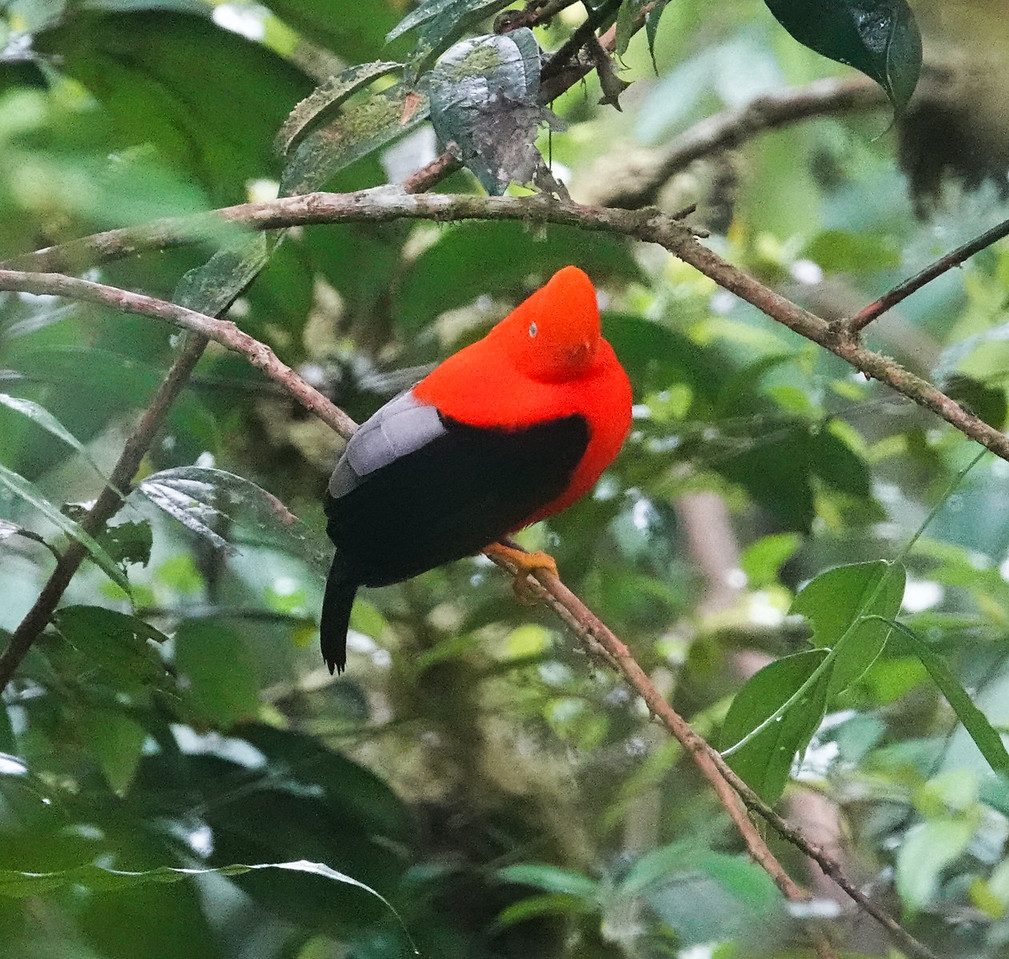
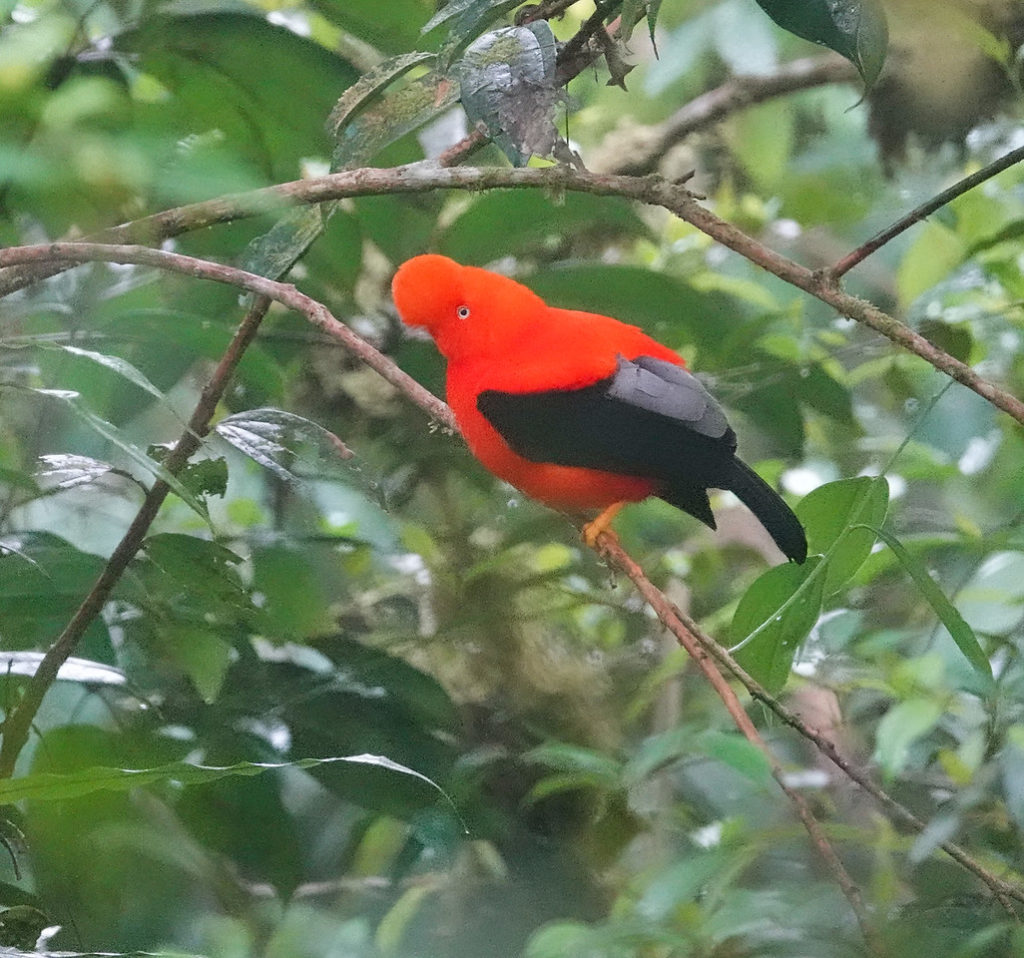
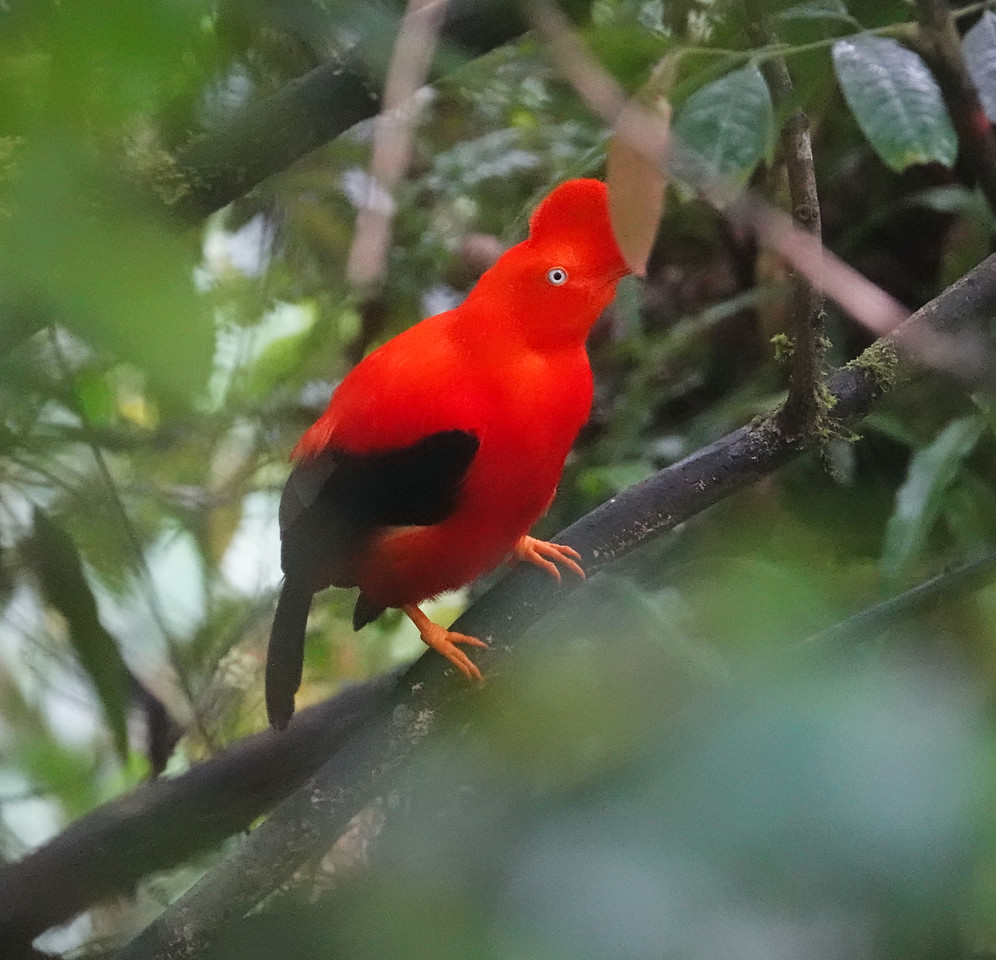
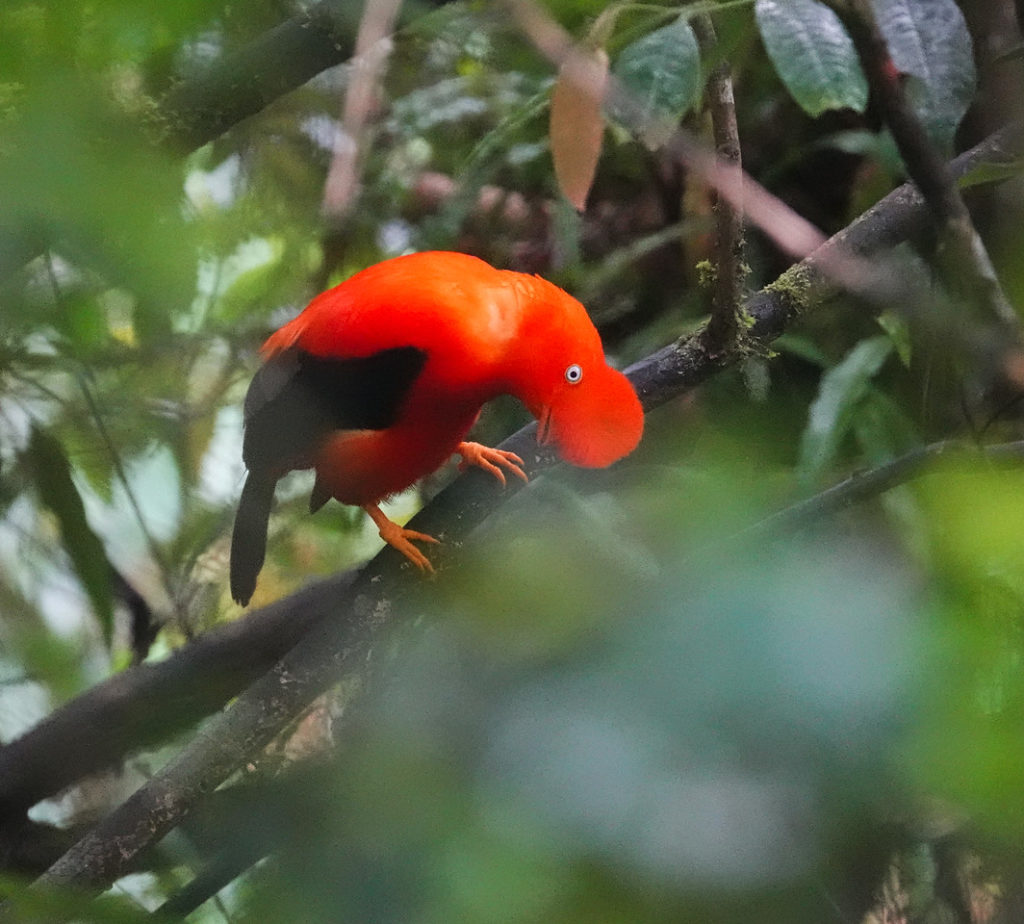
A great adventure and some magnificent birds, Stephen. The only thing that disappointed me is that I am unable to enlarge the images to get a better look. Is there some way of doing that, or is this the way it is?
Regards
Rodger
There is but I will have to go in and fix it. Will do.
All fixed now. I forget that the larger view is not the WordPress default.
Thanks very much Stephen.